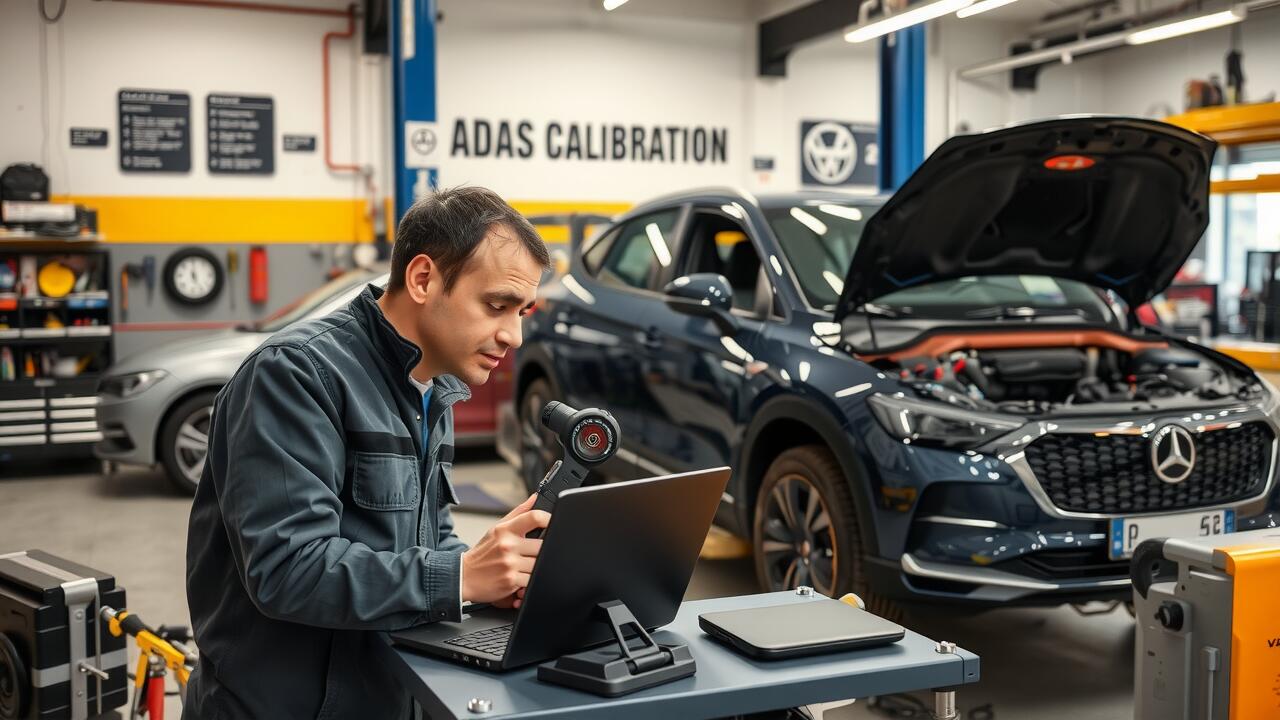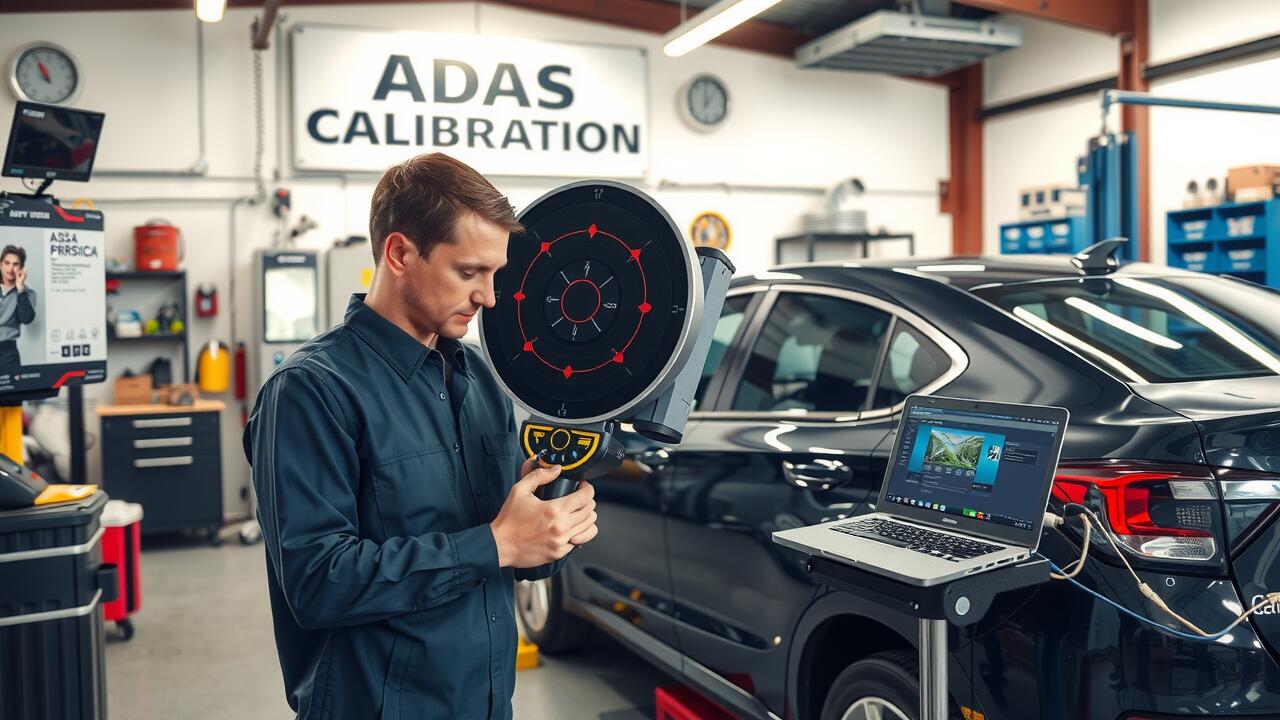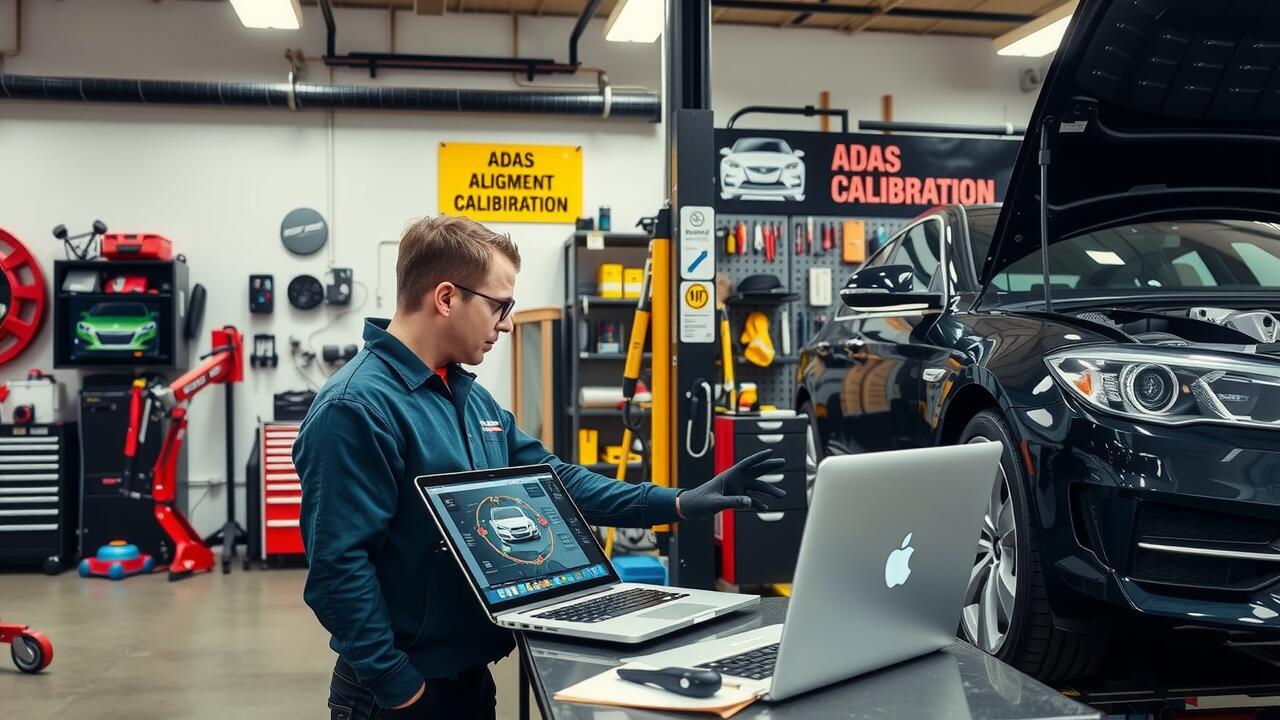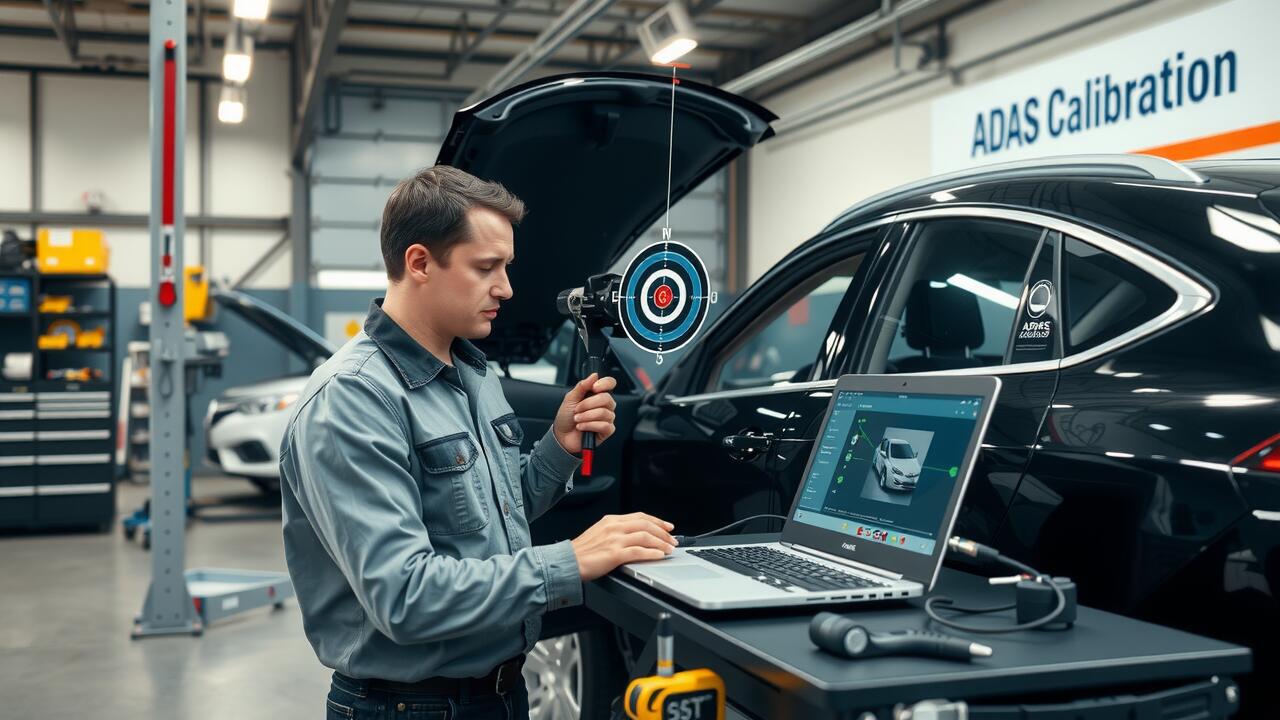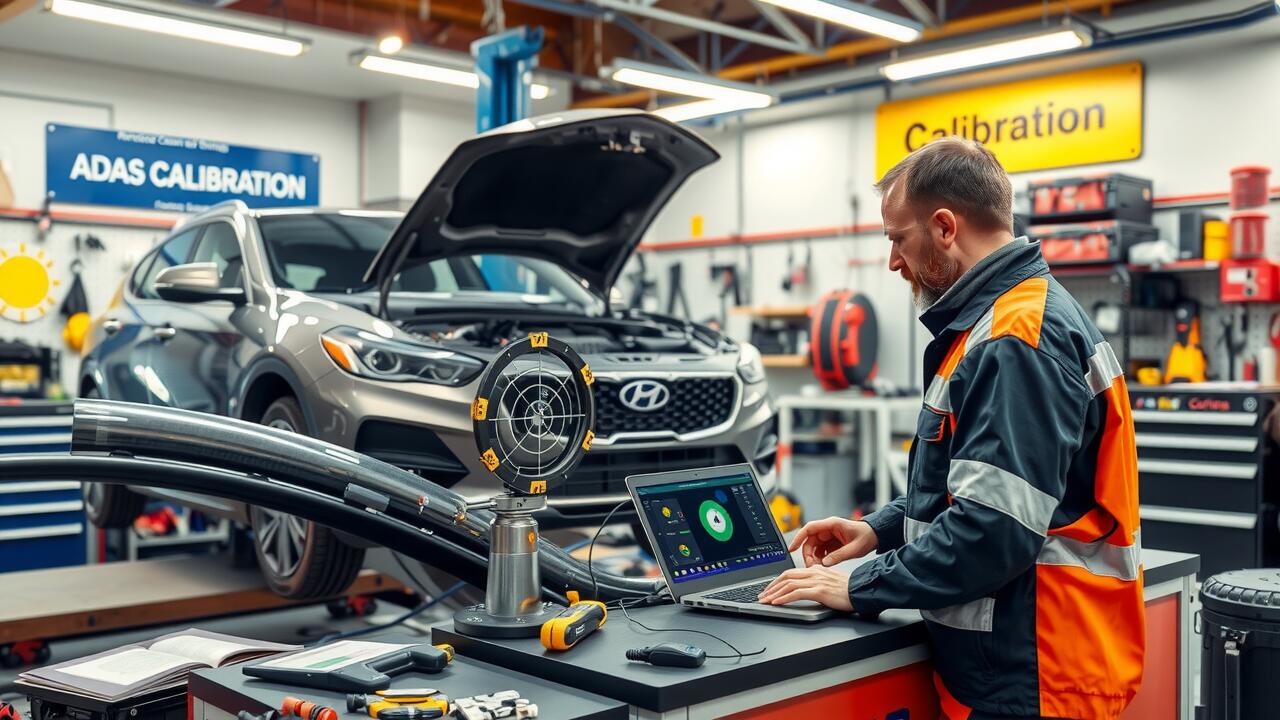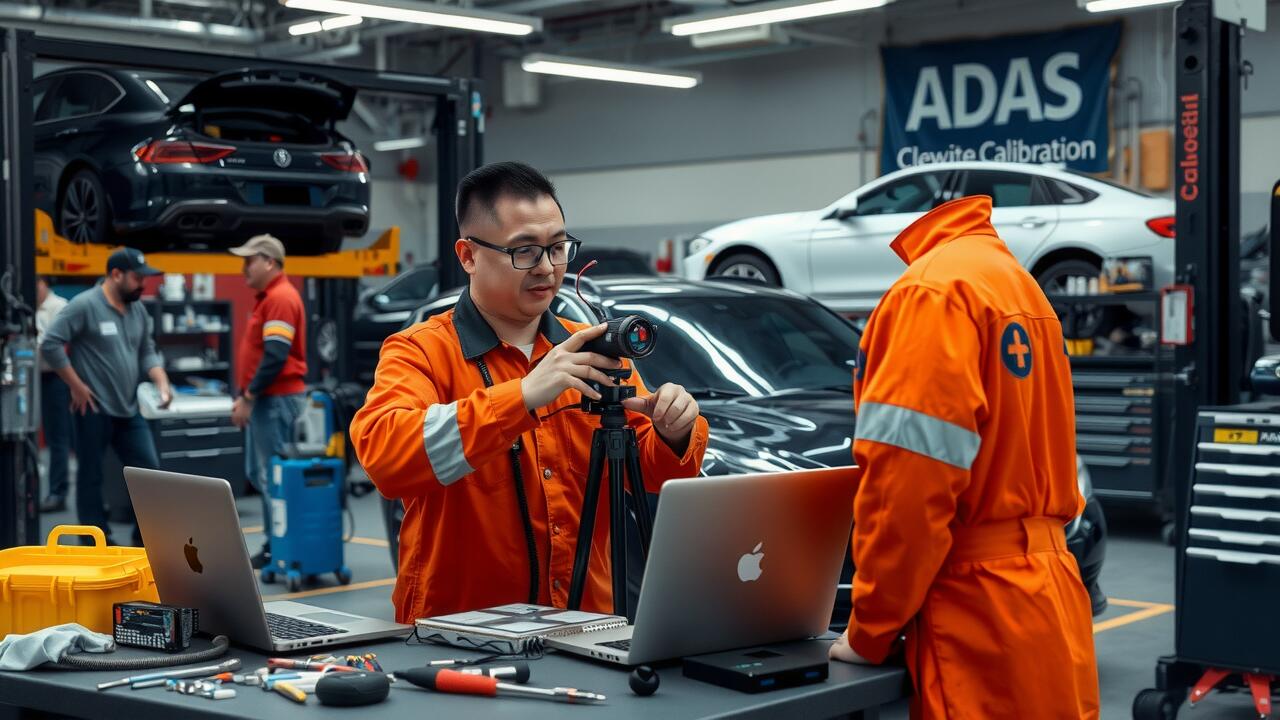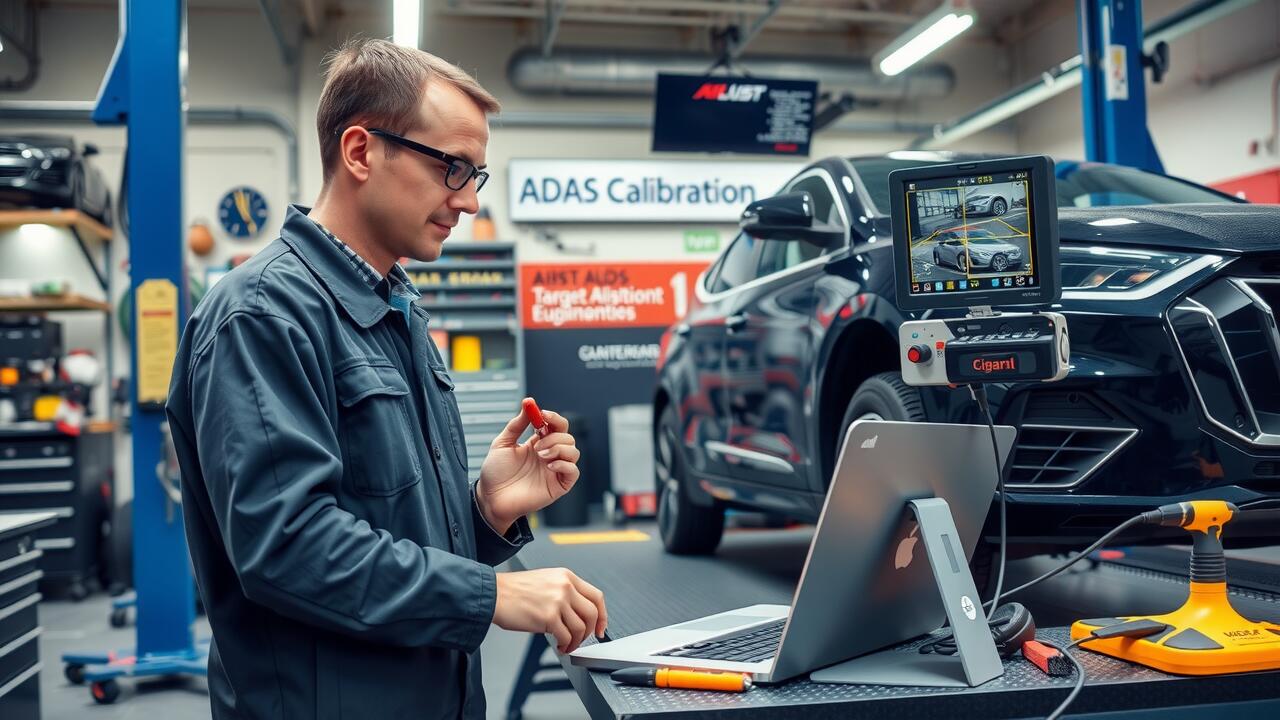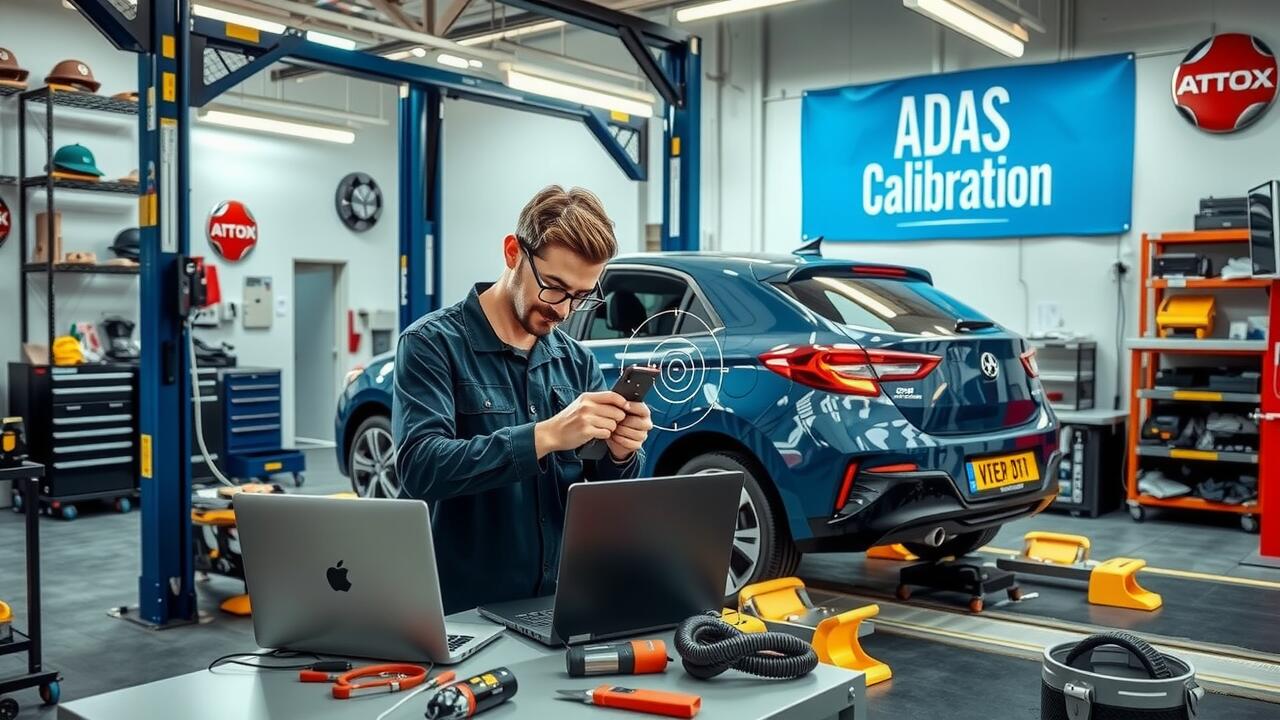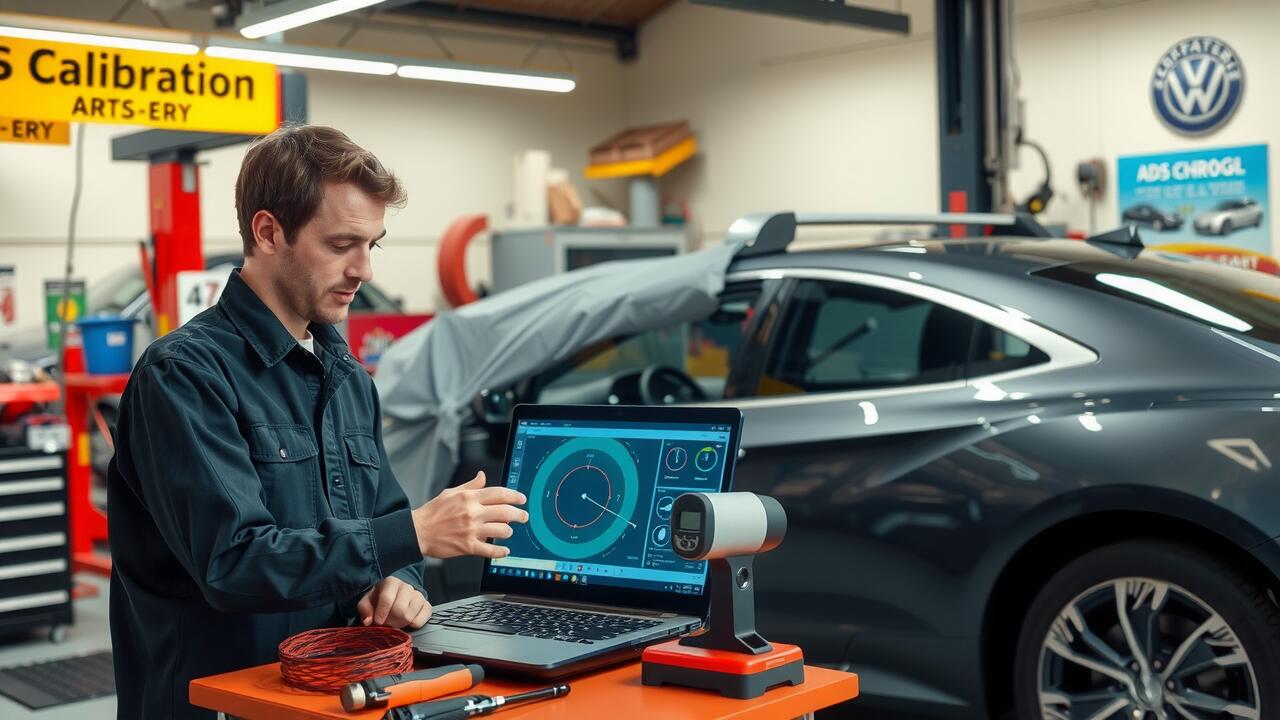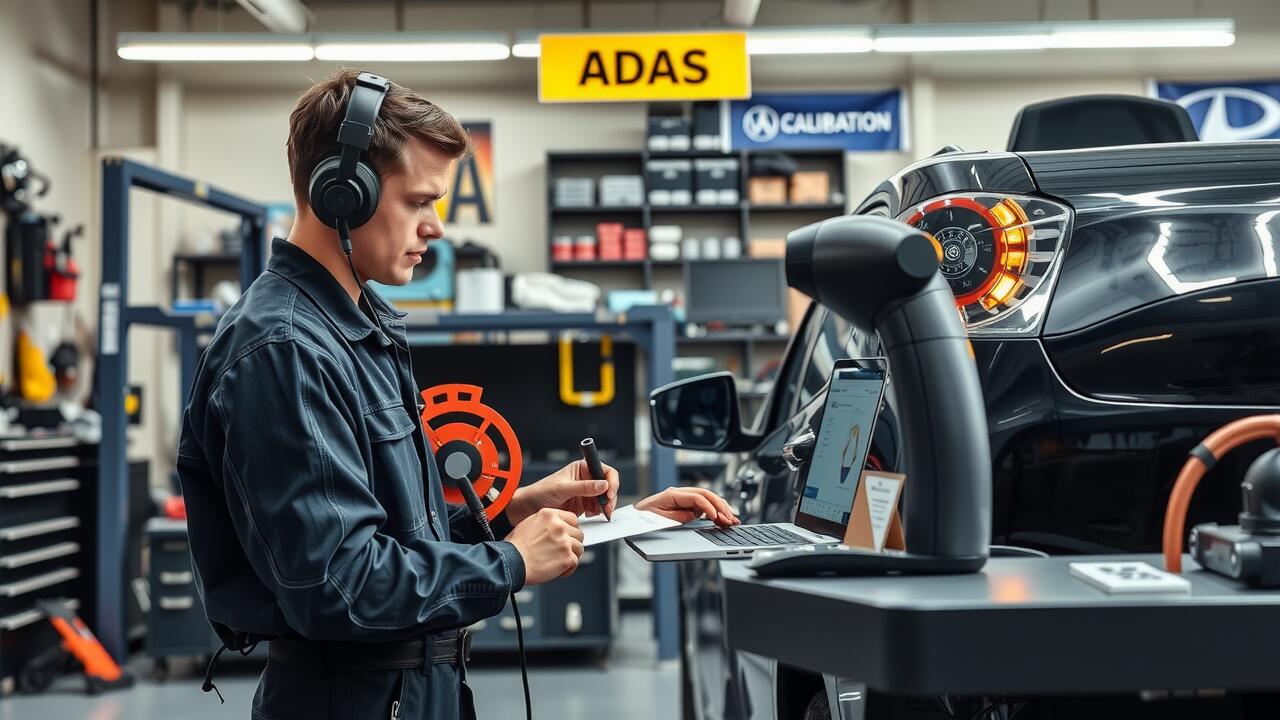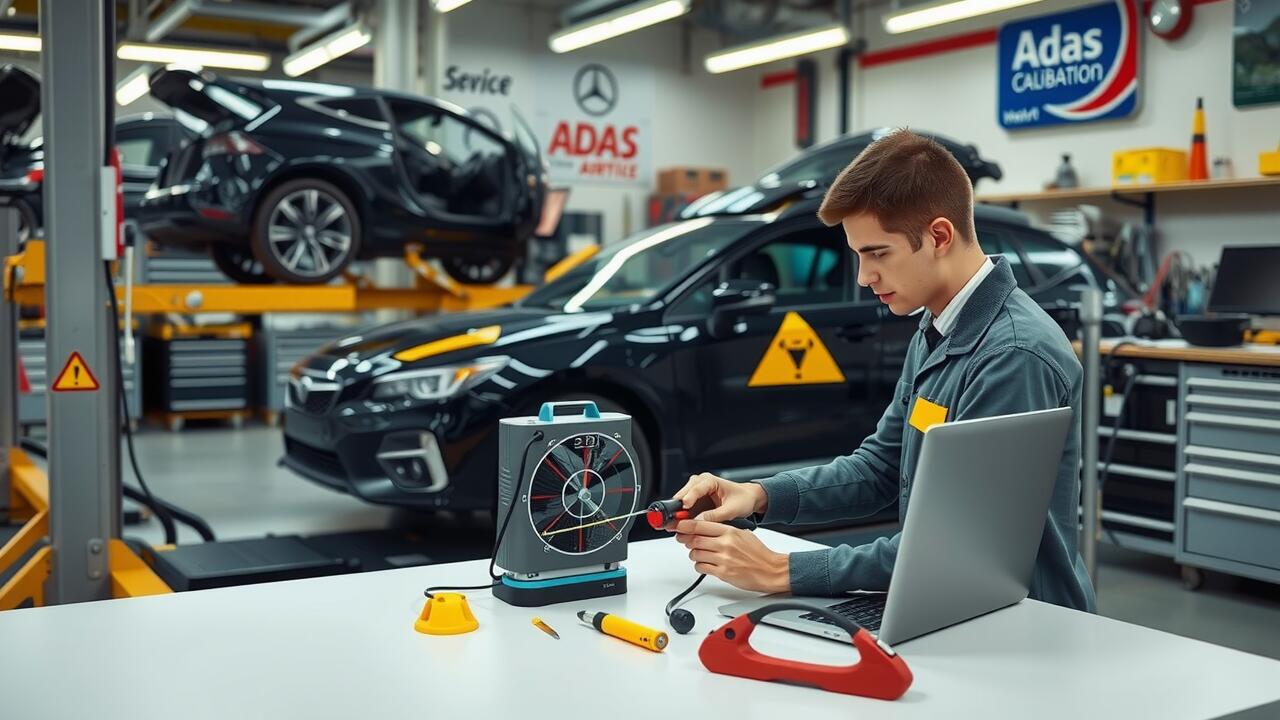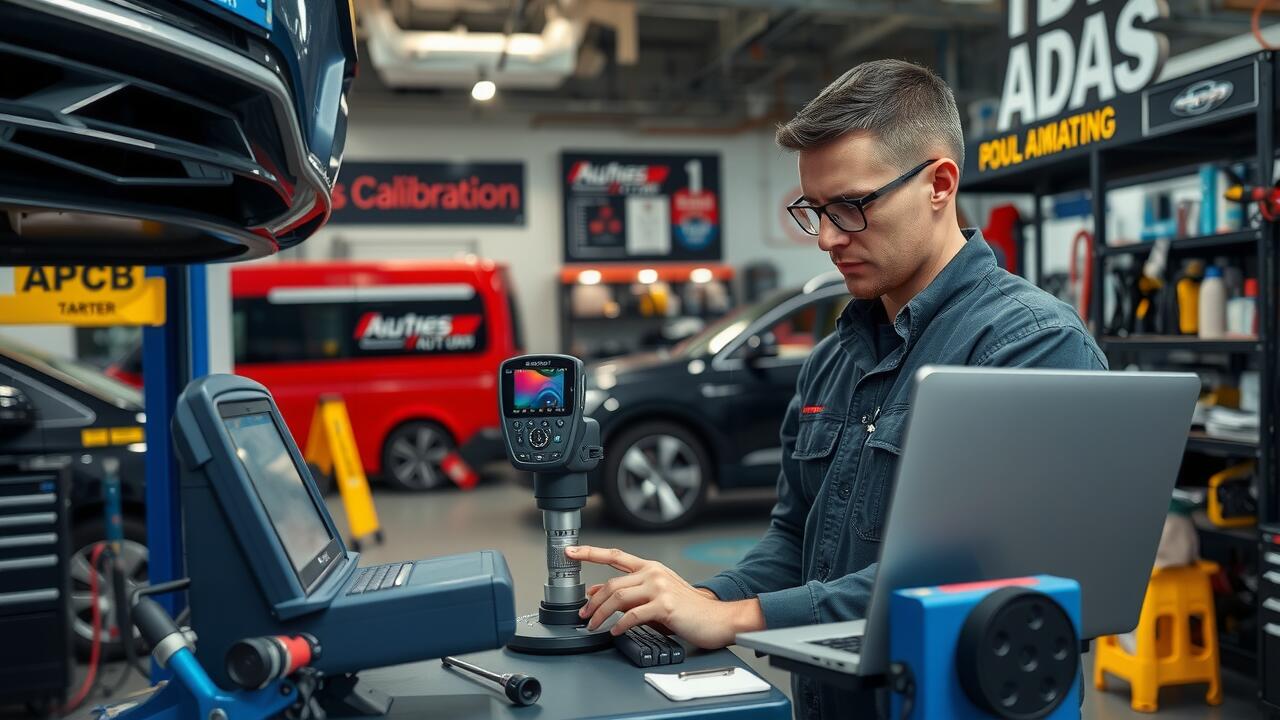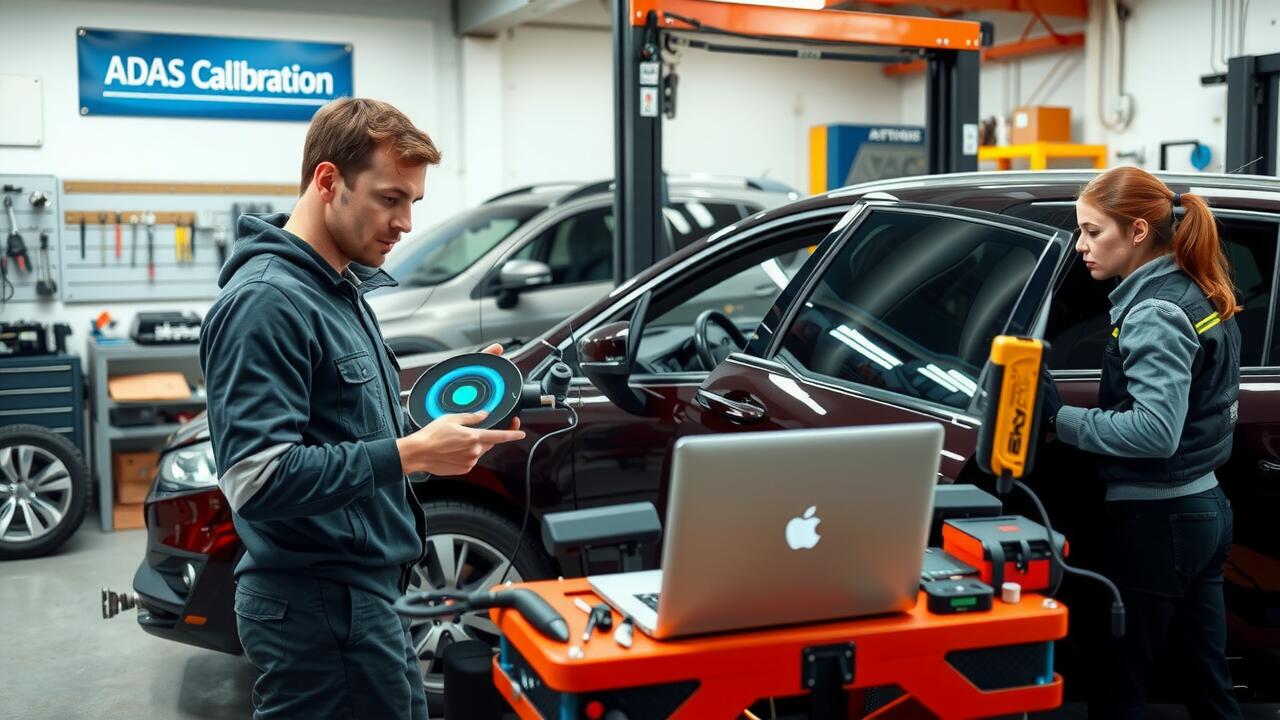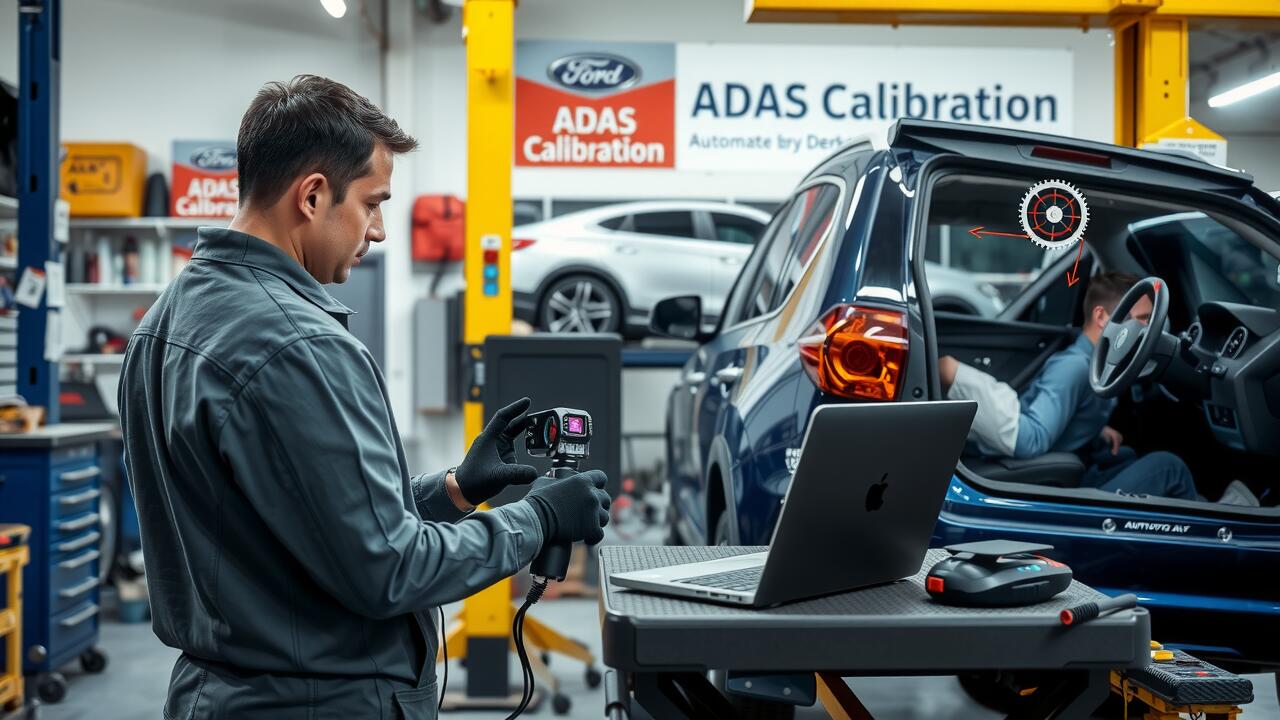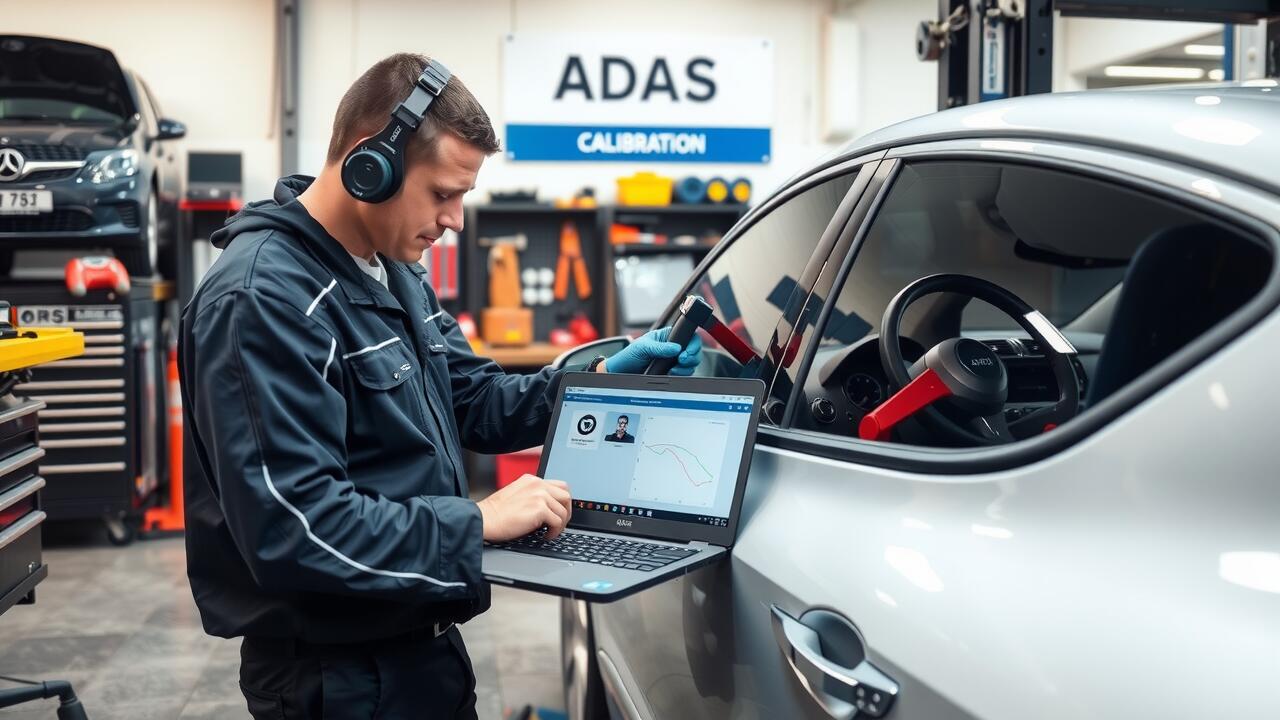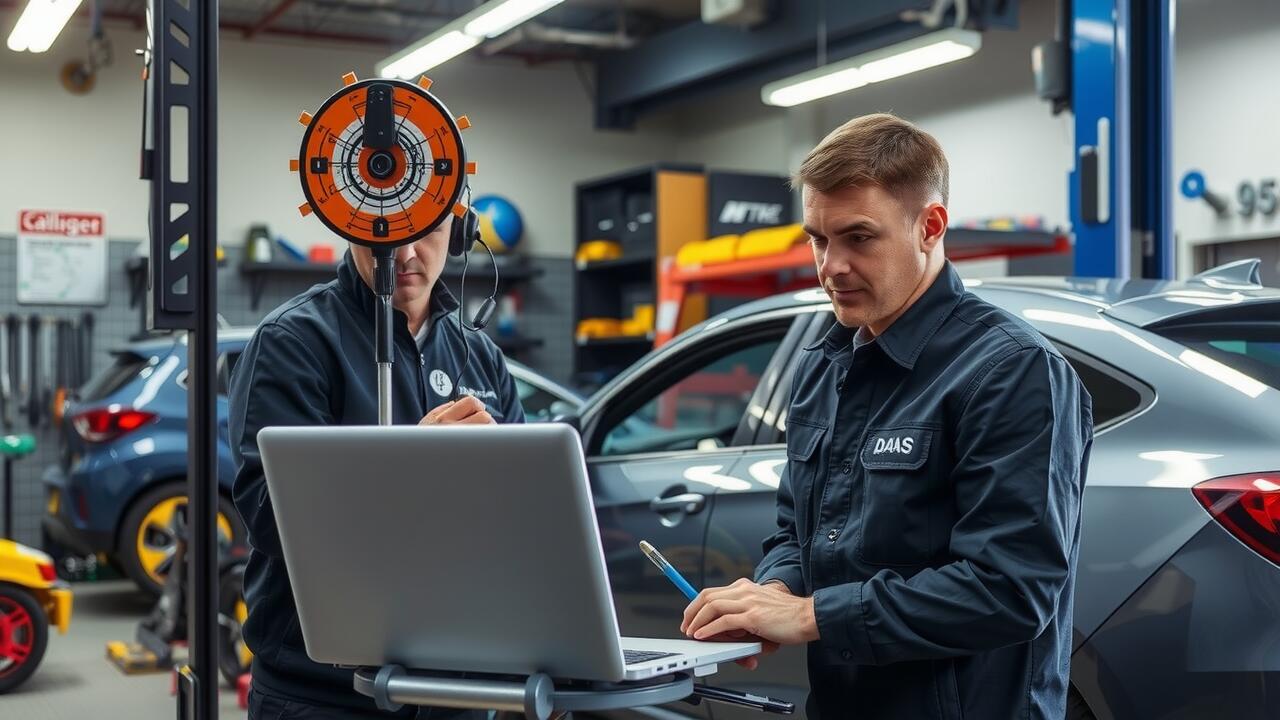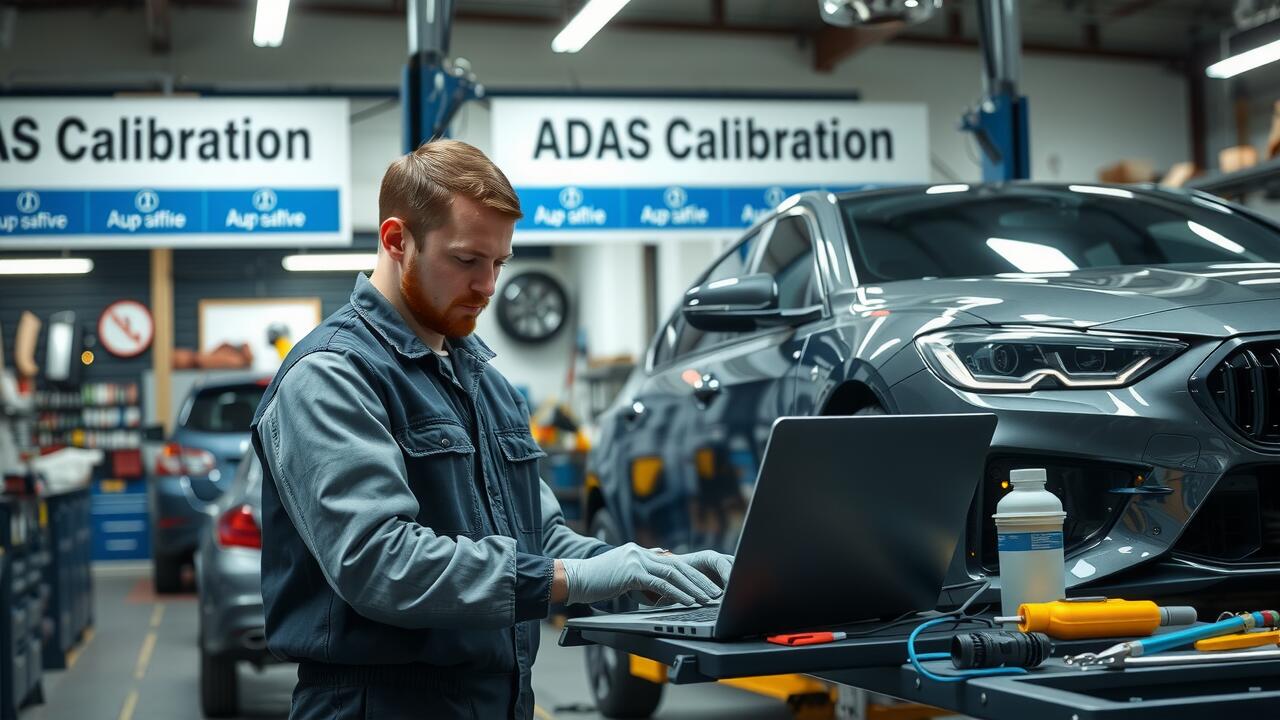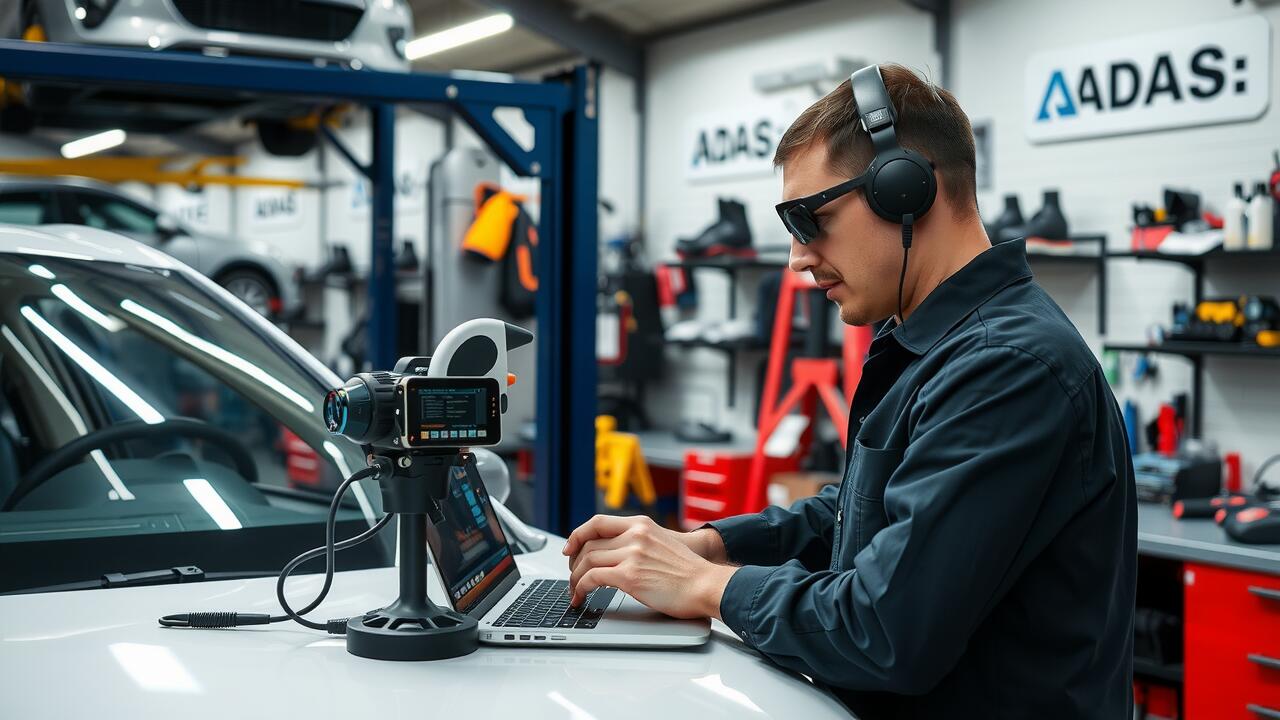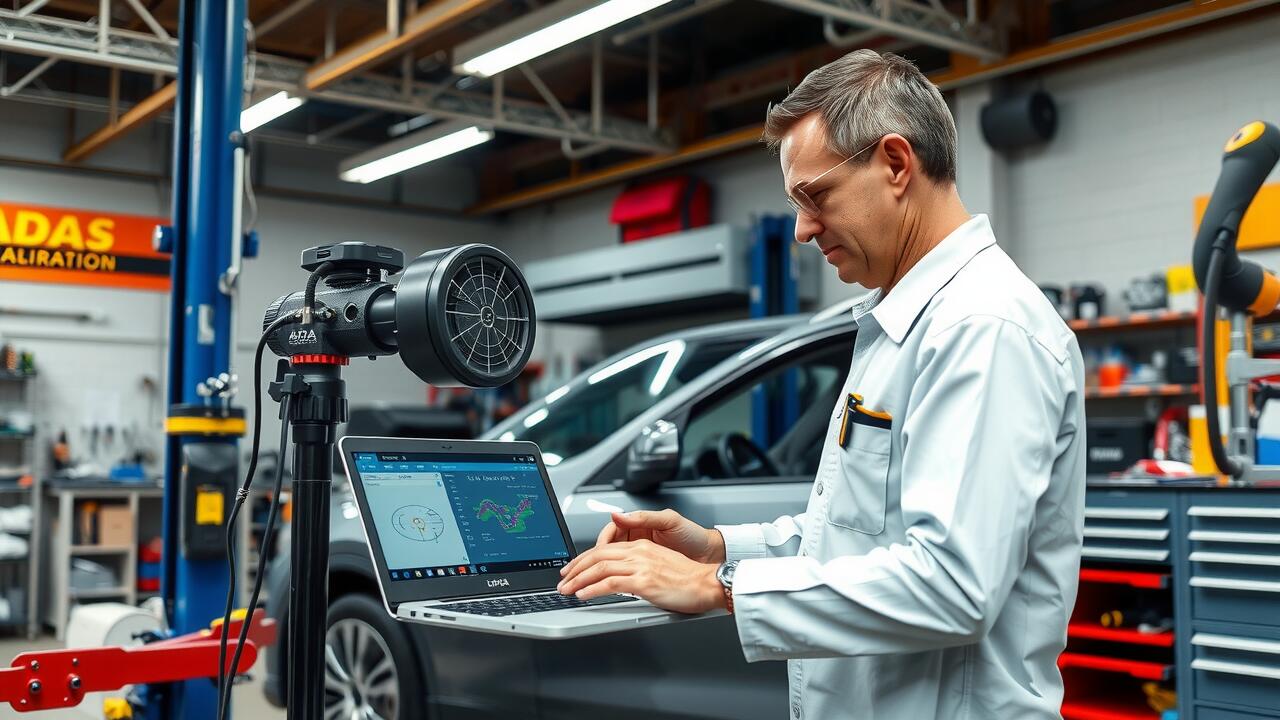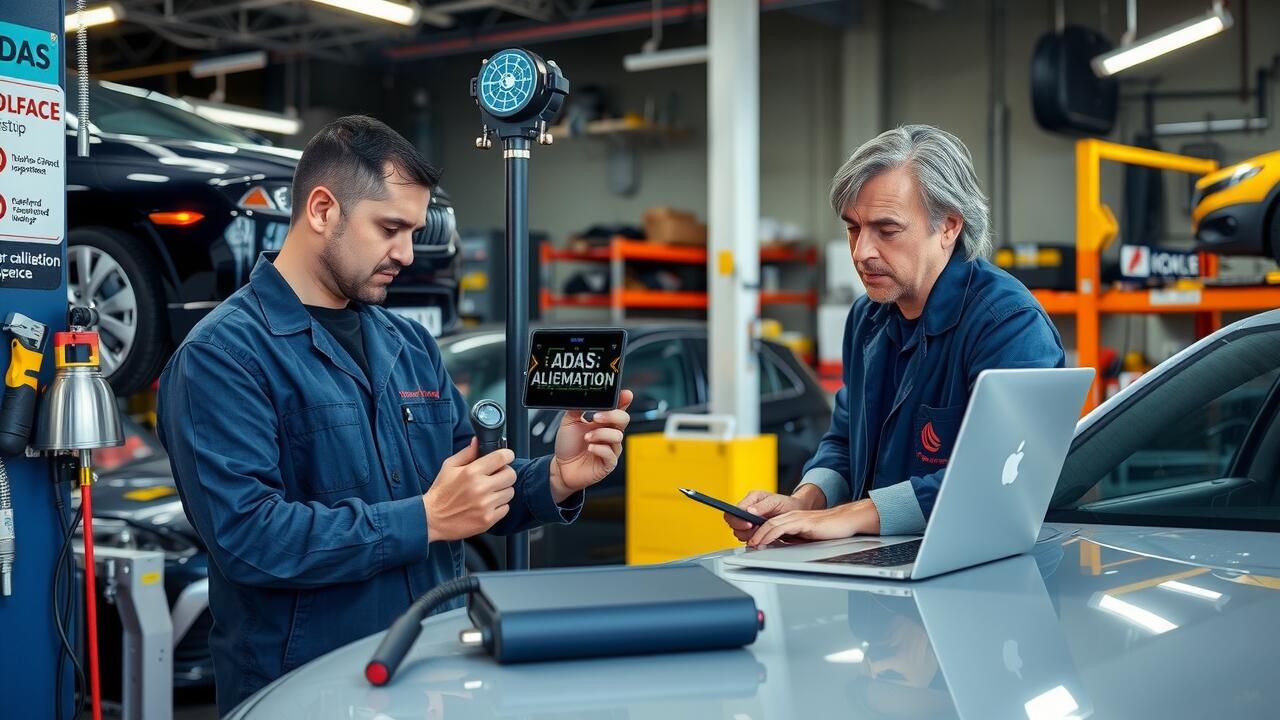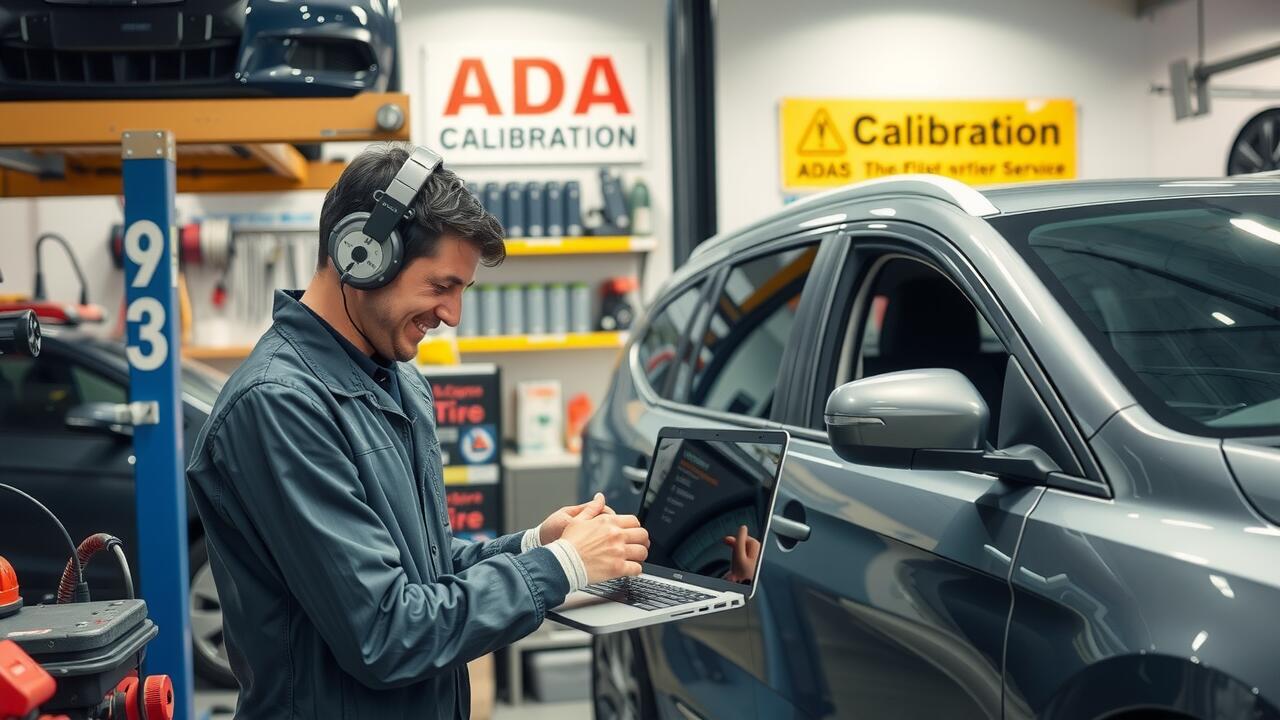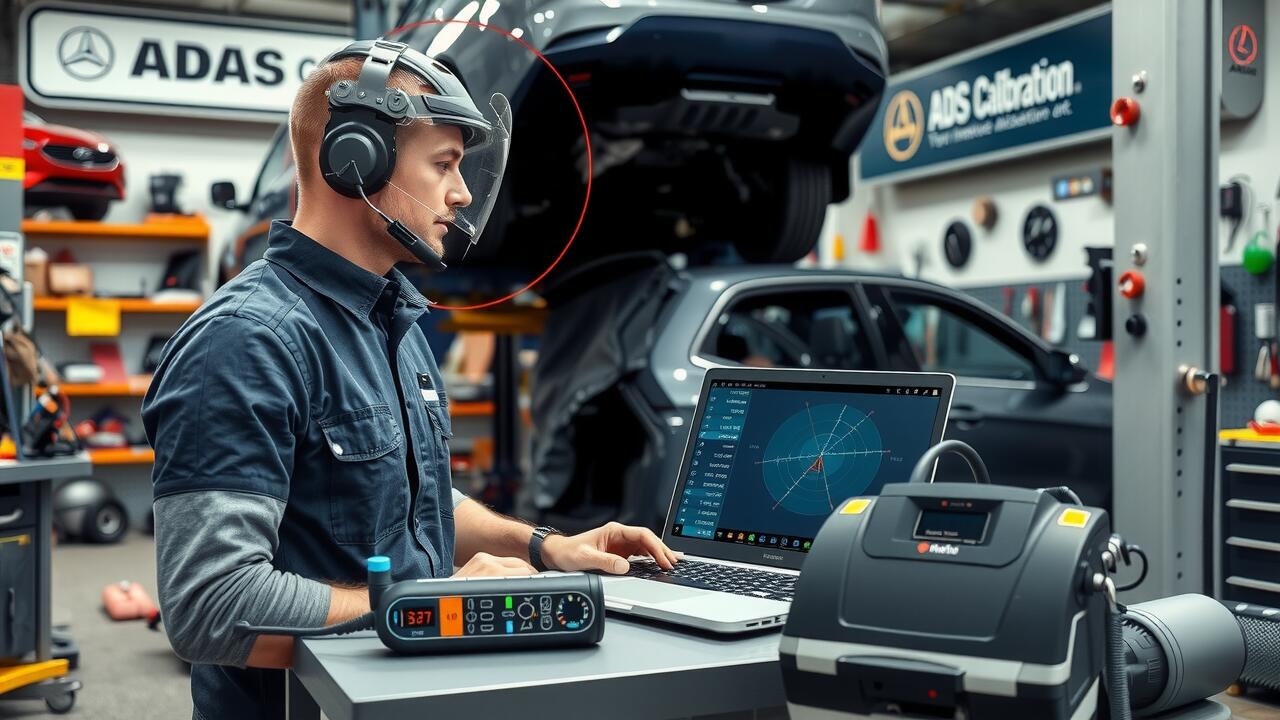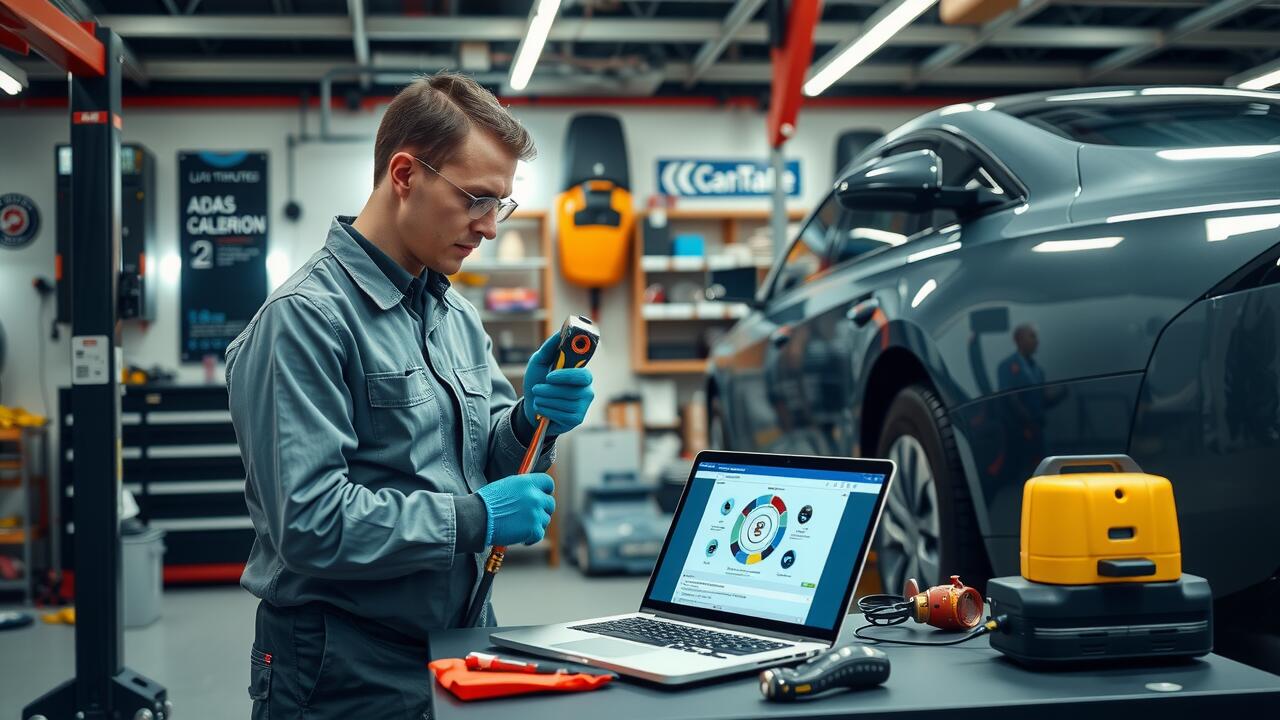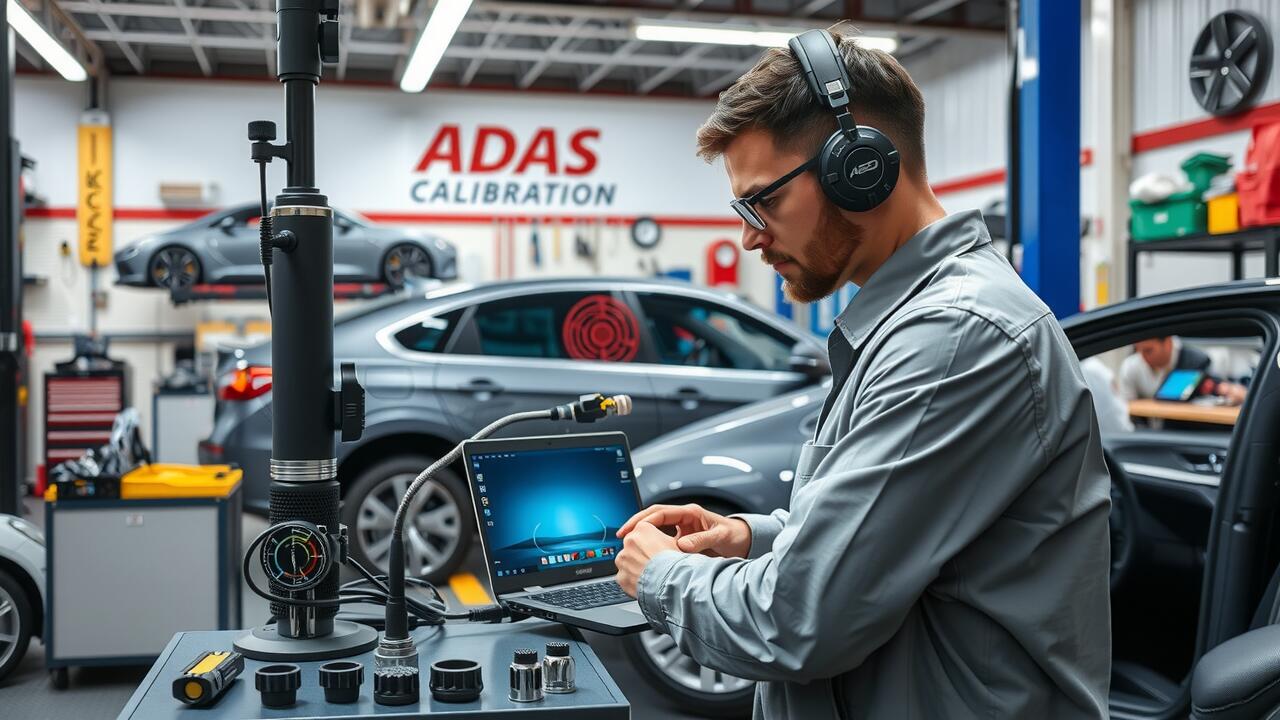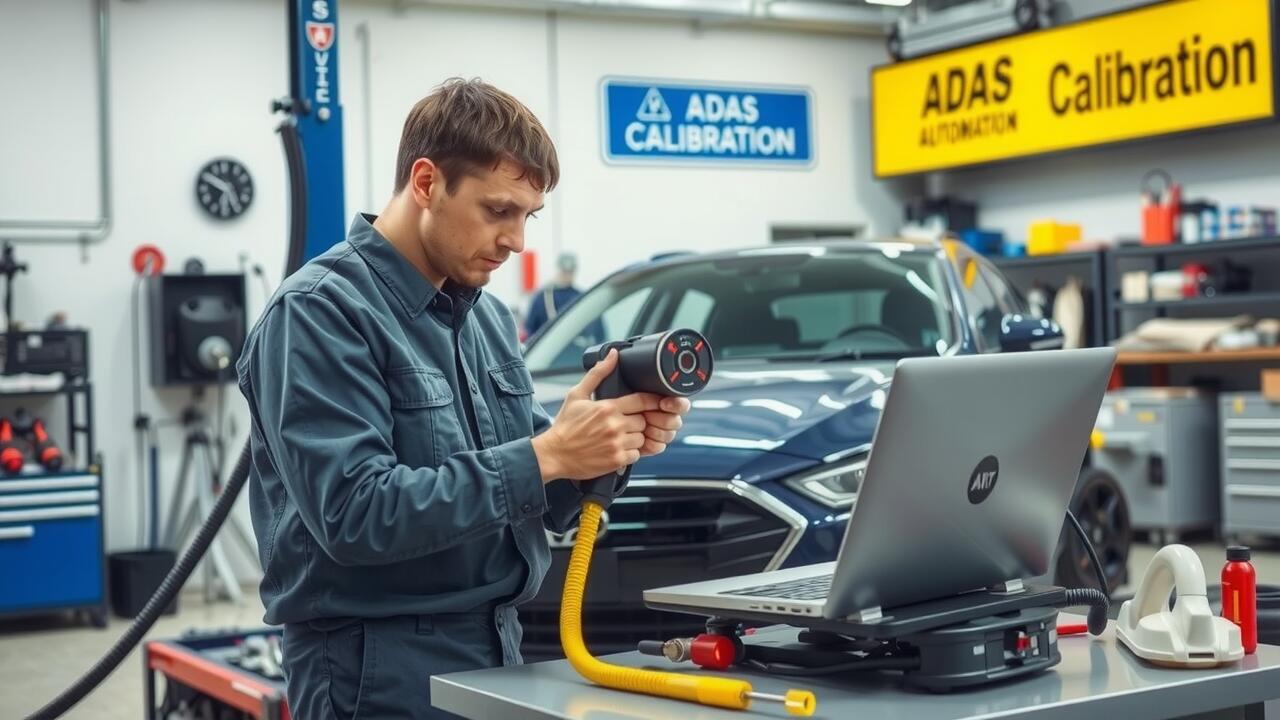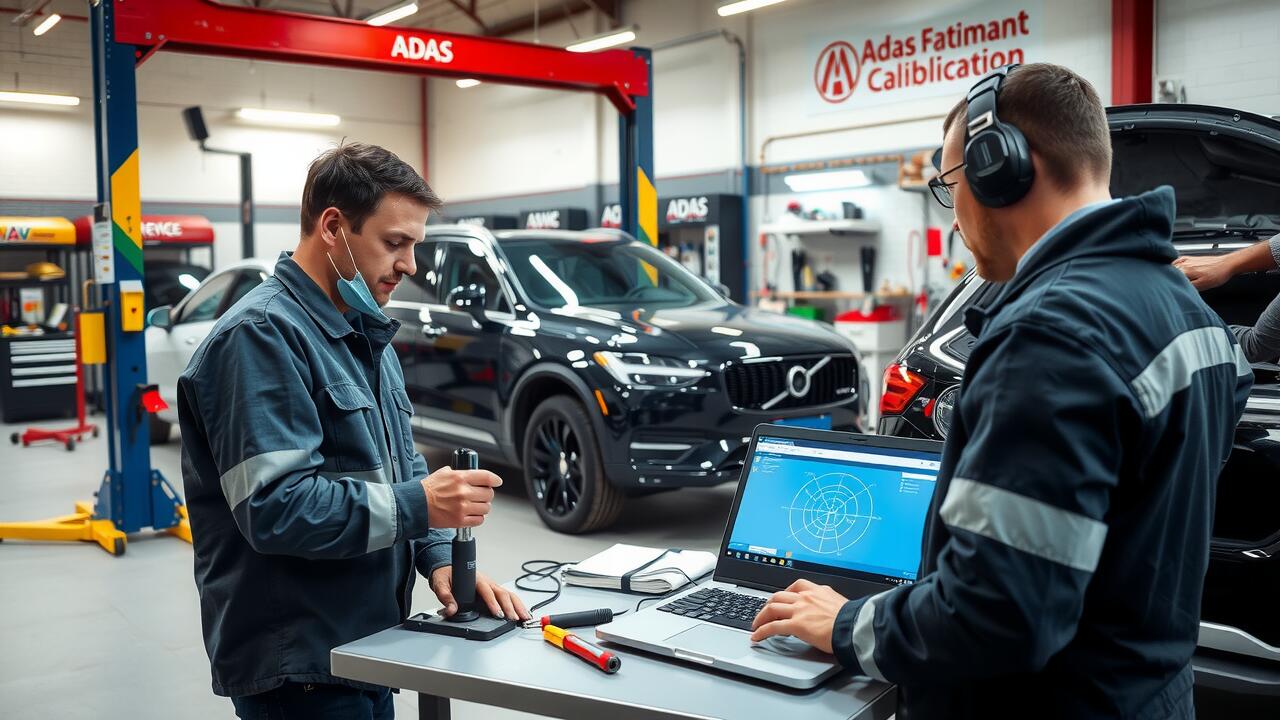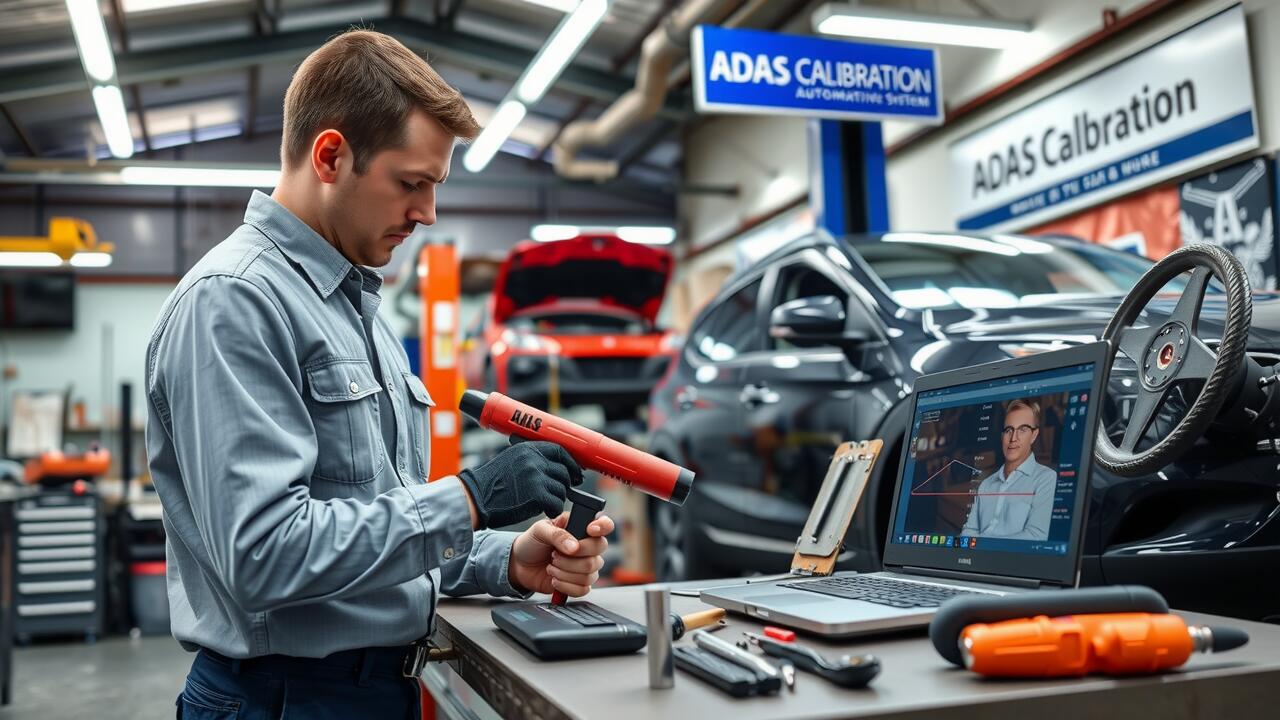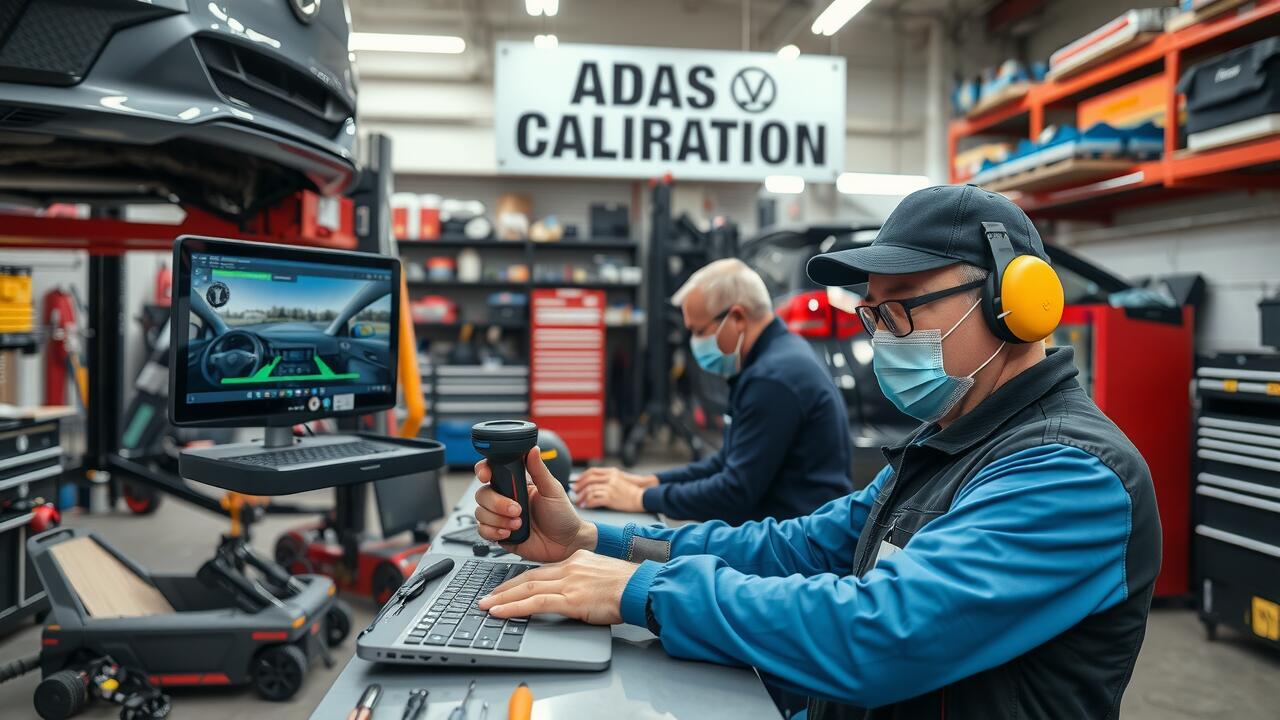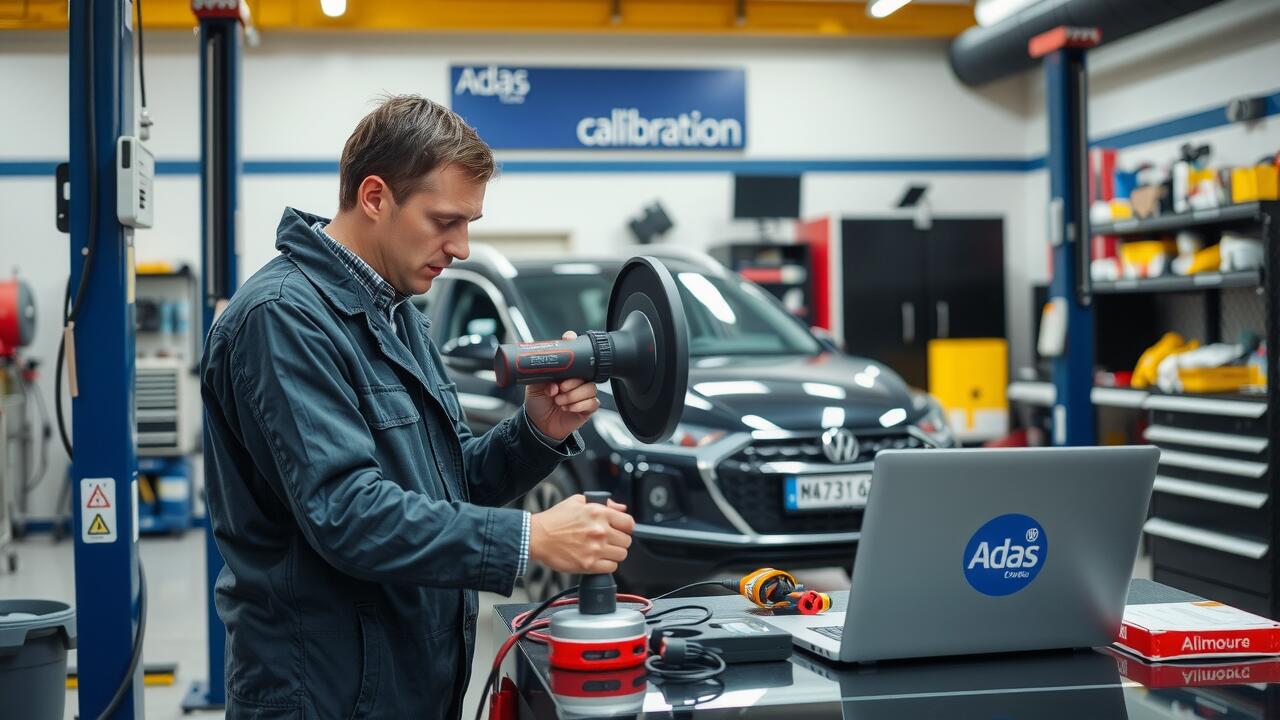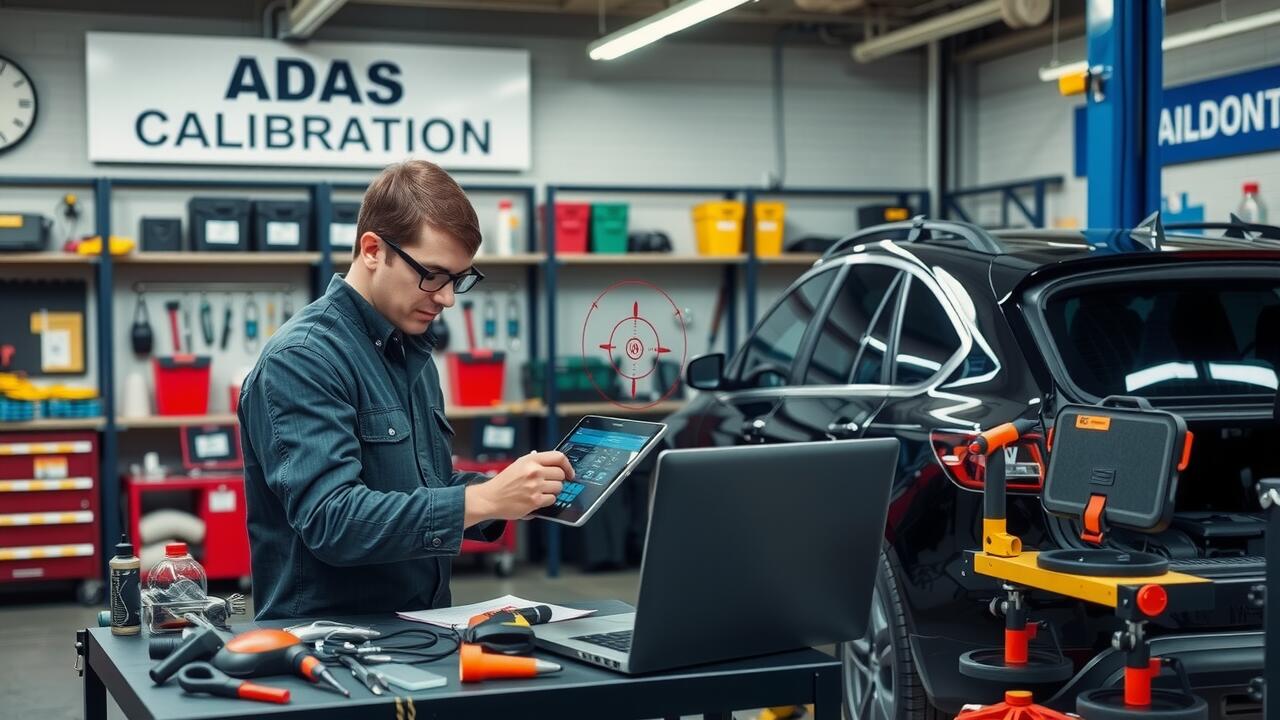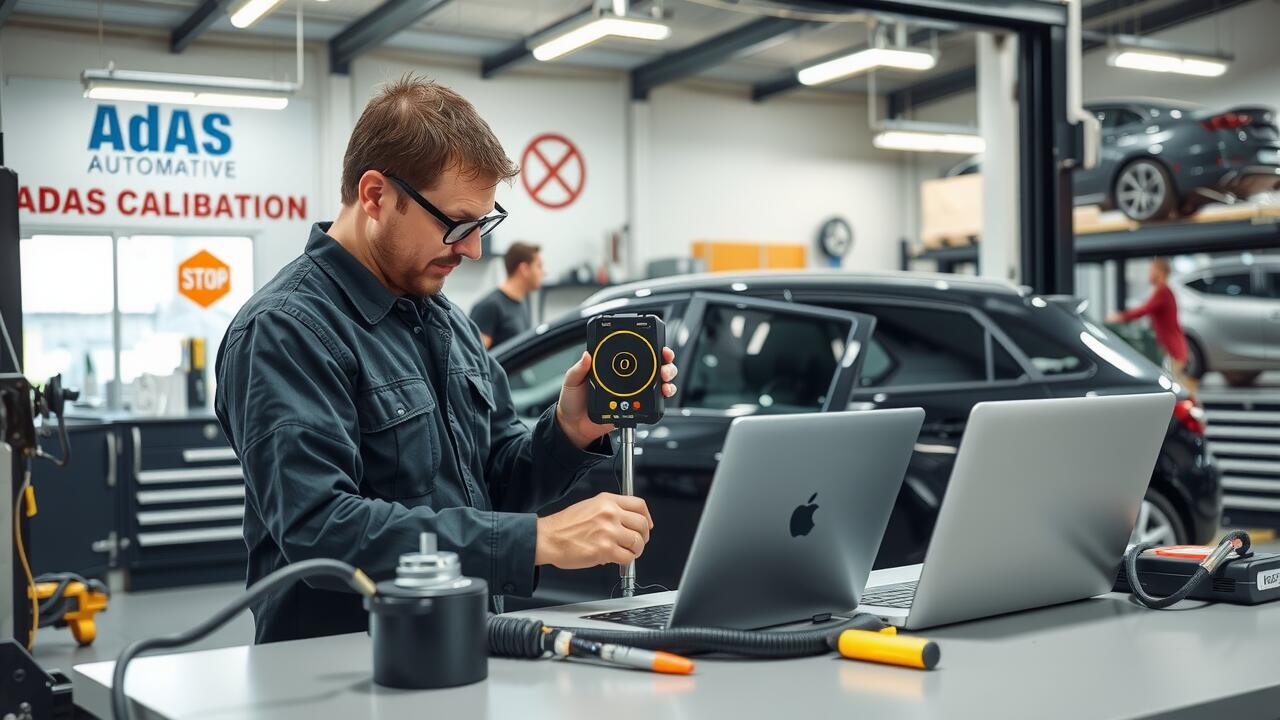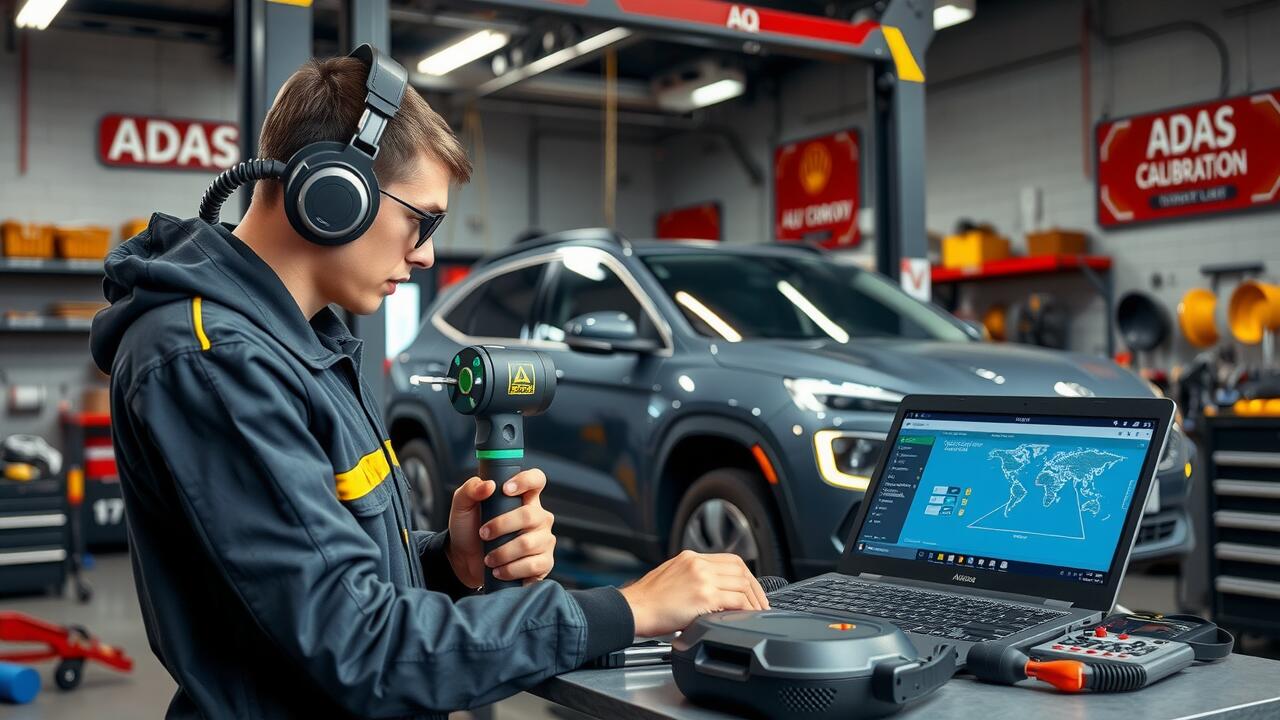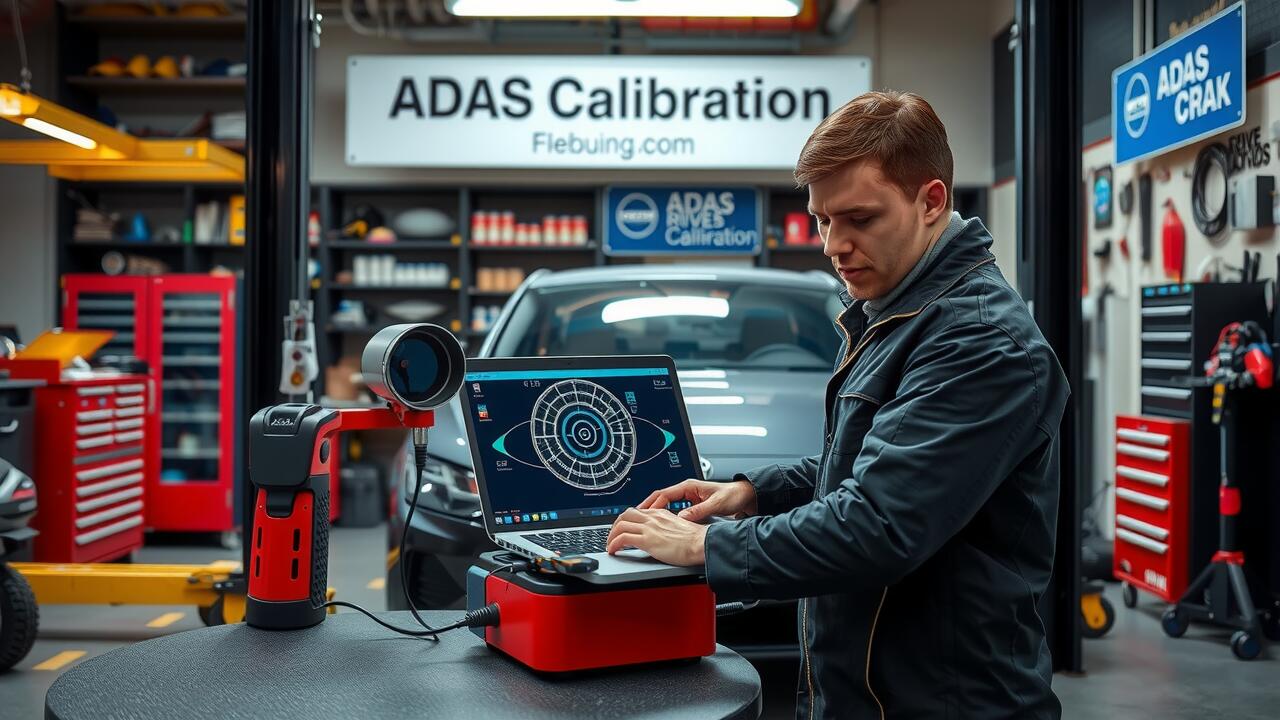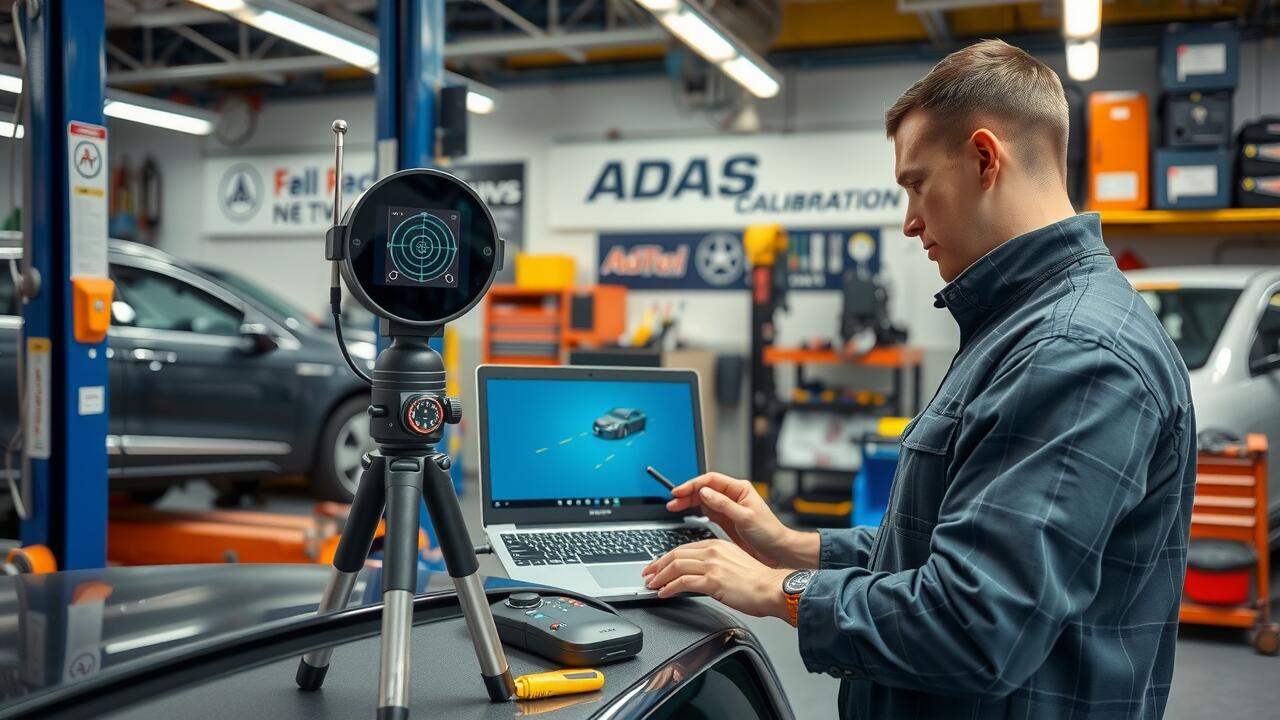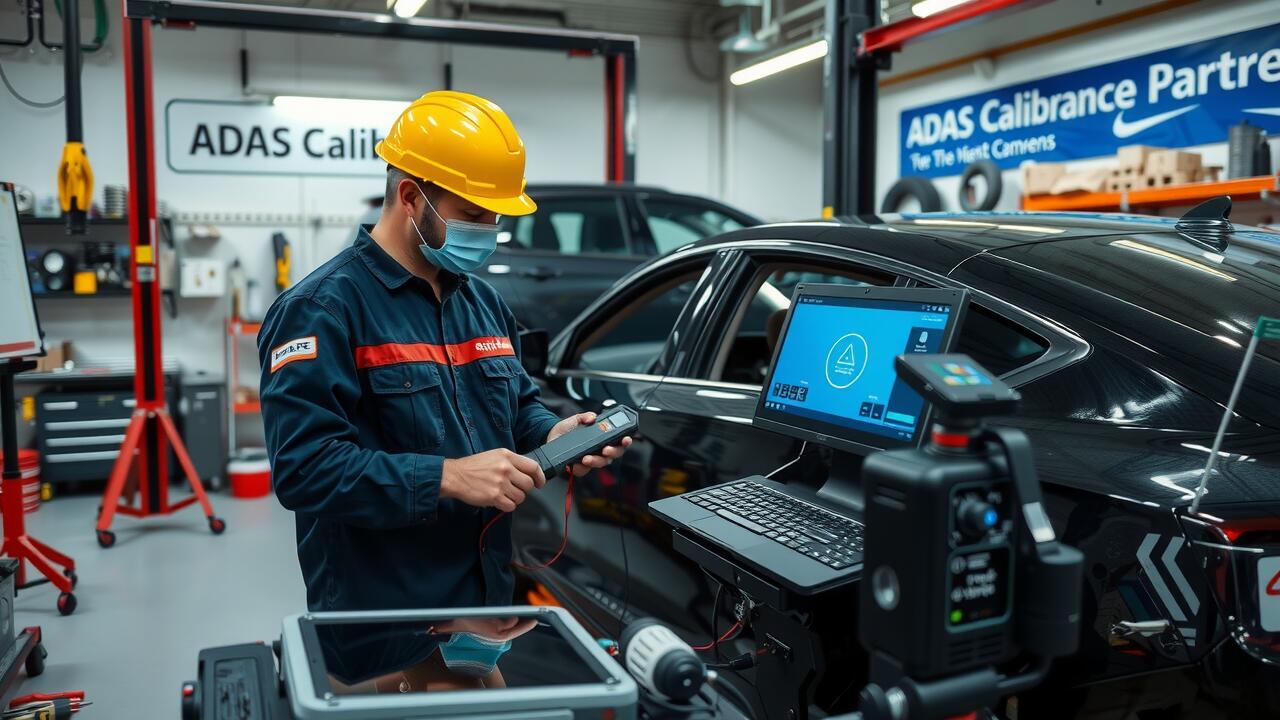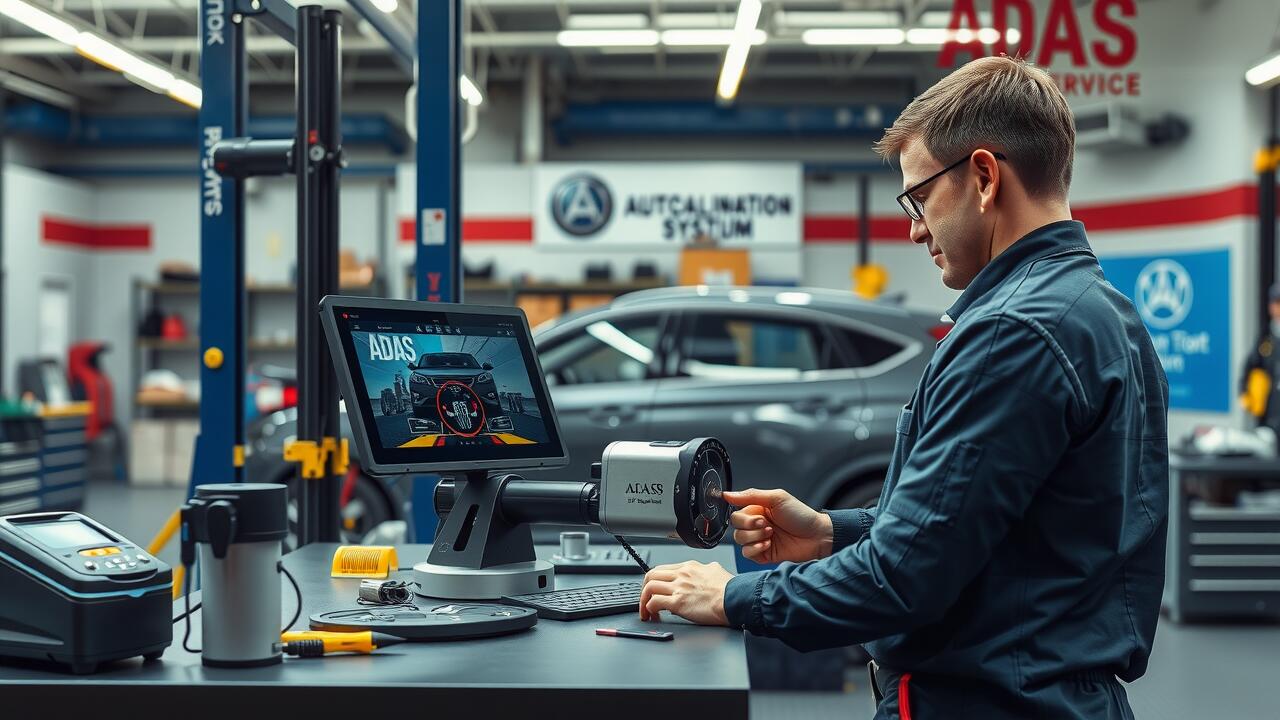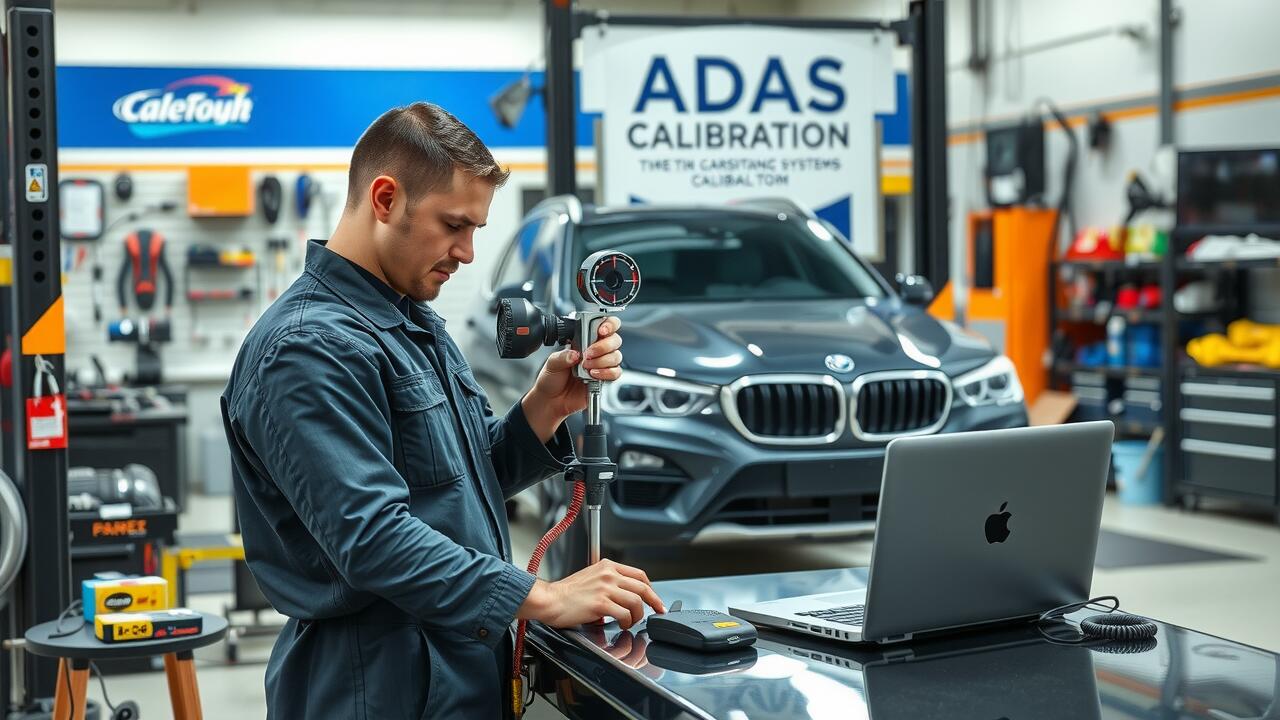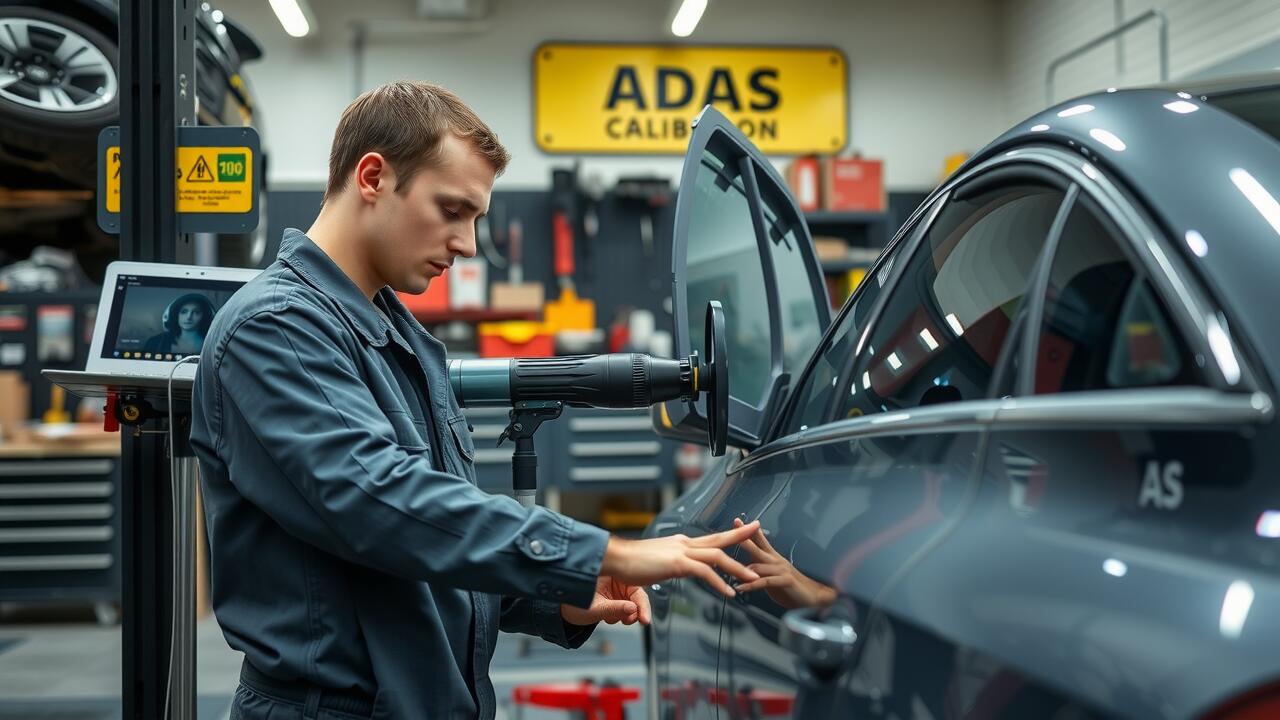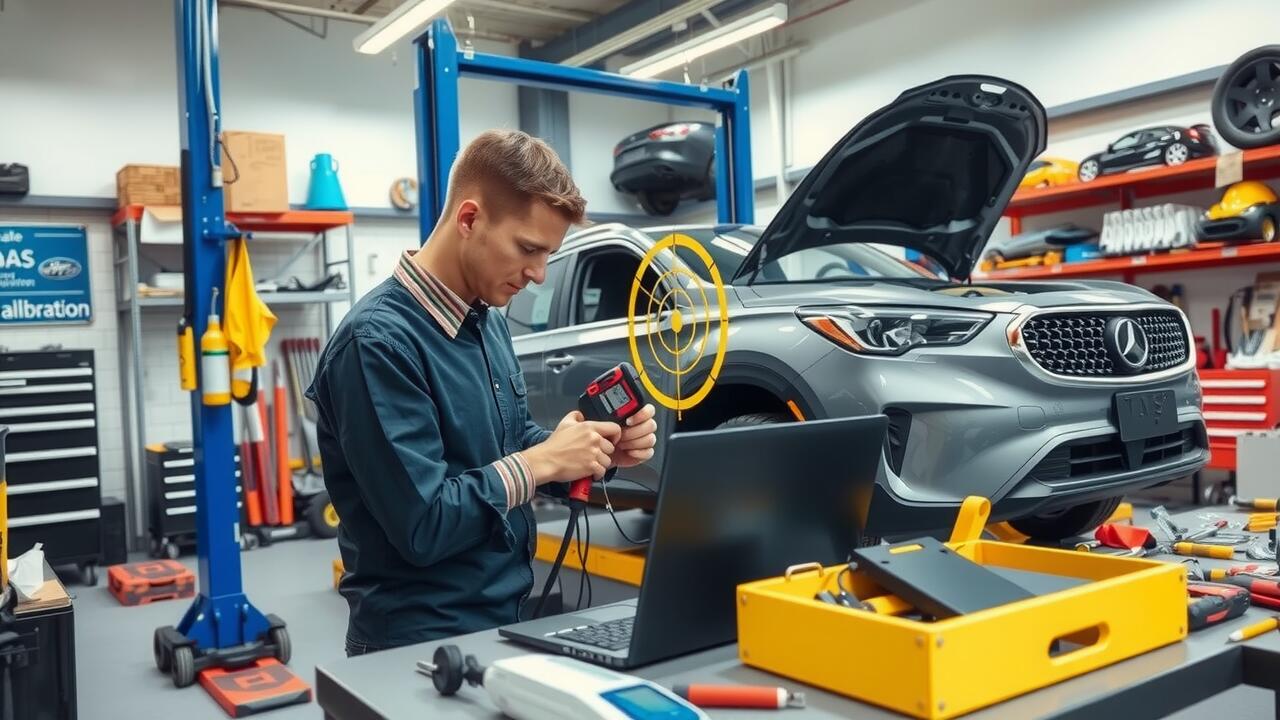
Table Of Contents
Timing for ADAS Calibration
The timing for ADAS calibration is crucial following any wheel alignment. A vehicle's Advanced Driver Assistance Systems rely on precise sensor positioning to function optimally. If wheel alignment occurs, the sensors may be misaligned, leading to compromised performance of safety features such as lane departure warnings and adaptive cruise control. Therefore, getting an ADAS alignment done after wheel alignment is essential to ensure these systems operate correctly.
Scheduling the calibration promptly after wheel alignment improves safety and driving experience. Many manufacturers recommend recalibrating the ADAS whenever work that could affect the system is performed. This includes not just wheel alignment but also suspension repairs or any changes affecting vehicle height or geometry. Ensuring that all relevant adjustments are made allows for a comprehensive approach to vehicle safety.
When to Schedule Calibration After Wheel Alignment
After completing a wheel alignment, scheduling ADAS calibration should be a priority. The calibration process ensures that the advanced driver-assistance systems function correctly and interact seamlessly with the vehicle’s new alignment settings. A delay in this calibration can lead to inaccurate readings and diminished effectiveness of safety features like lane-keeping assist and adaptive cruise control.
Booking the ADAS alignment soon after the wheel alignment maximises safety and performance. Regularly scheduled maintenance that includes these calibrations can prevent potential issues down the line. Ensuring that the systems are correctly calibrated contributes significantly to overall vehicle safety and enhances the driving experience.
How Wheel Misalignment Affects ADAS Functionality
Wheel misalignment can significantly disrupt the performance of Advanced Driver Assistance Systems (ADAS). Several safety features, such as lane-keeping assistance and adaptive cruise control, rely on precise calibration to function as intended. If the wheels are misaligned, these systems could interpret incorrect data, leading to improper responses. This miscommunication between the vehicle’s sensors and the actual alignment of its wheels can result in diminished performance and reliability of critical safety features.
In addition, the consequences of misalignment can extend beyond just the functionality of ADAS. Uneven tire wear and compromised handling may occur, creating unpredictable driving conditions. Regular maintenance of ADAS alignment goes hand in hand with ensuring the overall safety of the vehicle. Addressing wheel alignment issues promptly will help maintain the integrity of ADAS features and promote optimal vehicle performance on the road.
Impact on Safety Features and Performance
Wheel misalignment can significantly impact the functionality of Advanced Driver Assistance Systems (ADAS). These technologies rely on precise sensor positioning to operate effectively. When wheels are not aligned correctly, sensors may give inaccurate readings or fail to respond as intended. This miscalibration can lead to compromised safety features, such as lane departure warnings and automated braking systems, potentially putting drivers and passengers at risk.
In addition to safety concerns, misalignment can adversely affect the overall performance of ADAS. Systems designed to assist with navigation and obstacle detection work best when the vehicle is accurately aligned. Failure to address wheel alignment issues may result in erratic behaviour of these systems, reducing their reliability. Regular checks and subsequent ADAS alignment after wheel servicing are crucial to ensure that safety and performance standards are maintained.
Professional Calibration Services
When seeking professional calibration services for Advanced Driver Assistance Systems (ADAS), it is essential to choose a technician with specialised training and experience. Proper ADAS alignment ensures that all camera and sensor functions operate correctly after a wheel alignment. A qualified professional will have the necessary tools and equipment to perform precise measurements, which are critical in maintaining the system's accuracy and reliability.
Reputable workshops often provide a thorough inspection of the vehicle's ADAS components before calibration. This includes checking for any mechanical issues that may affect system performance. Each vehicle may have specific calibration requirements based on its make and model, making it crucial to consult with professionals who possess detailed knowledge in ADAS systems. Investing in quality calibration services can significantly enhance driving safety and improve overall vehicle performance.
Choosing the Right Technician for ADAS Calibration
Selecting the right technician for ADAS calibration is crucial for ensuring your vehicle’s safety features operate correctly. Look for professionals with specific training in Advanced Driver Assistance Systems and a solid understanding of the latest technological advancements. Competence in ADAS alignment implies familiarity with both the individual components and the complex integrations that support effective functionality.
Consider a technician who uses advanced equipment and follows industry standards for calibration procedures. Proper diagnostics can identify issues related to wheel alignment that could impact the performance of safety systems. A technician equipped with the right tools will help maintain the integrity of your vehicle’s ADAS, ensuring it performs as designed after adjustments.
FAQS
What is ADAS calibration?
ADAS calibration is the process of ensuring that advanced driver-assistance systems, such as lane departure warning and adaptive cruise control, are properly aligned and functioning correctly after any adjustments to the vehicle, including wheel alignment.
Why is it necessary to calibrate ADAS after a wheel alignment?
After a wheel alignment, the sensor positions and angles may change, which can affect the performance of ADAS features. Calibration ensures that these systems accurately detect their environment and function as intended.
How can I tell if my ADAS needs calibration?
Signs that your ADAS may need calibration include warning lights on your dashboard, inconsistent performance of safety features, or if you've recently had a wheel alignment, suspension work, or any major collision.
What happens if I don’t calibrate my ADAS after a wheel alignment?
Failing to calibrate your ADAS can lead to safety risks, as the systems may not function correctly, potentially resulting in accidents or failures to assist the driver as designed.
How do I find a qualified technician for ADAS calibration?
Look for a technician or automotive shop that has specific training and certification in ADAS calibration, uses the latest technology and equipment, and has positive reviews or recommendations from previous customers.
